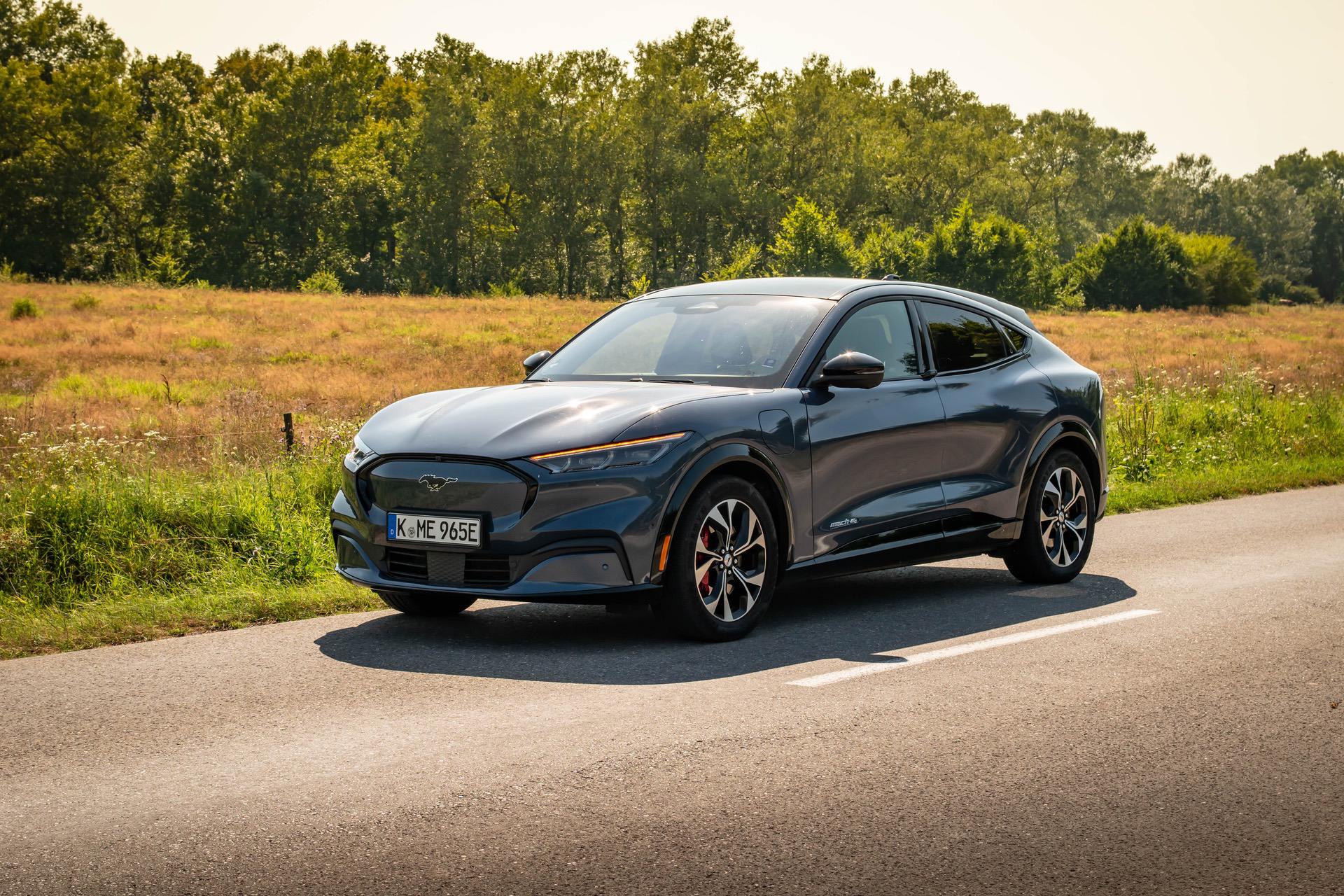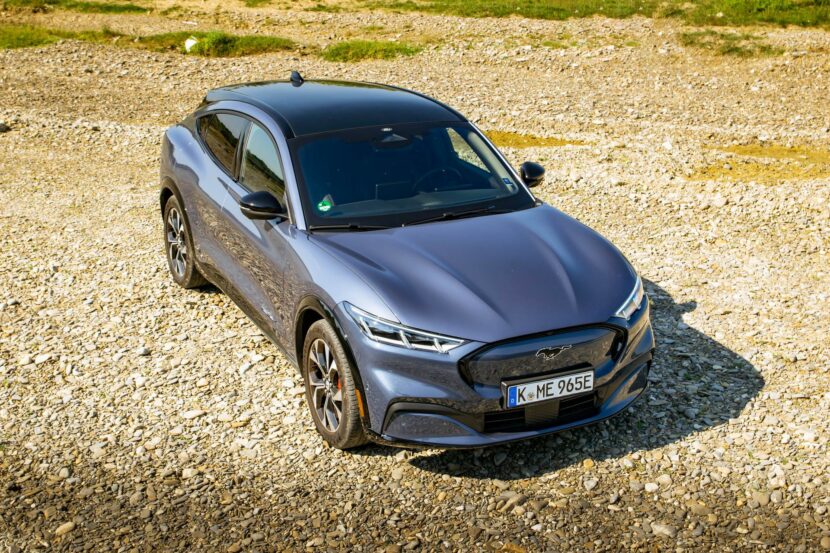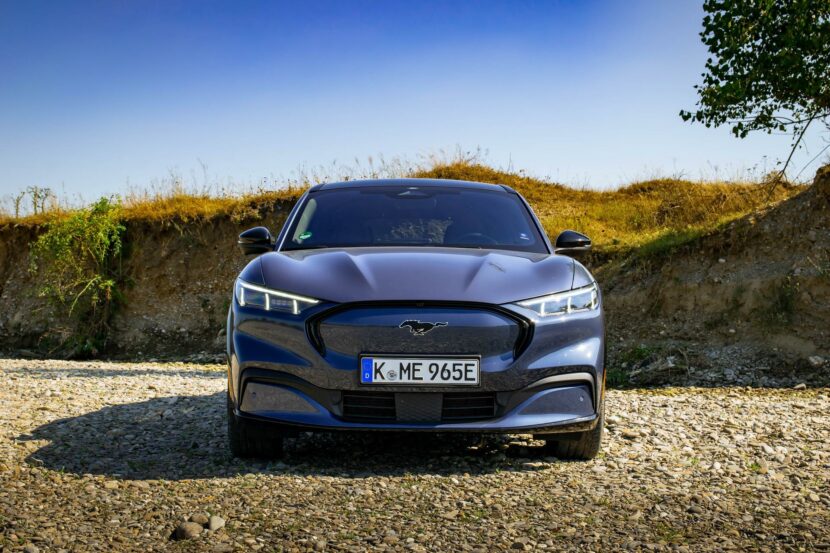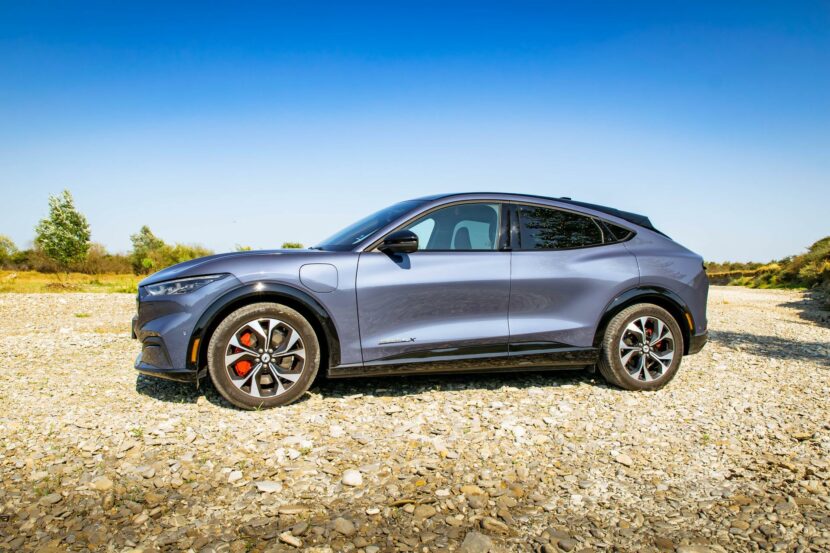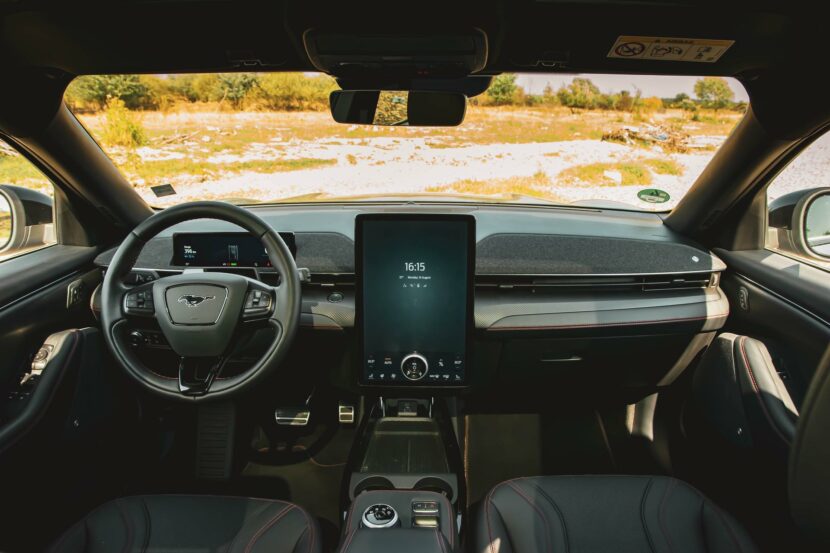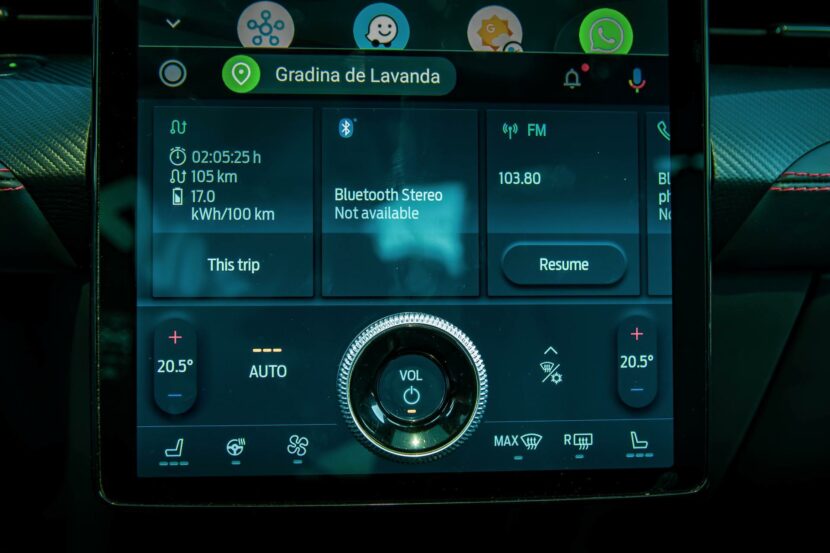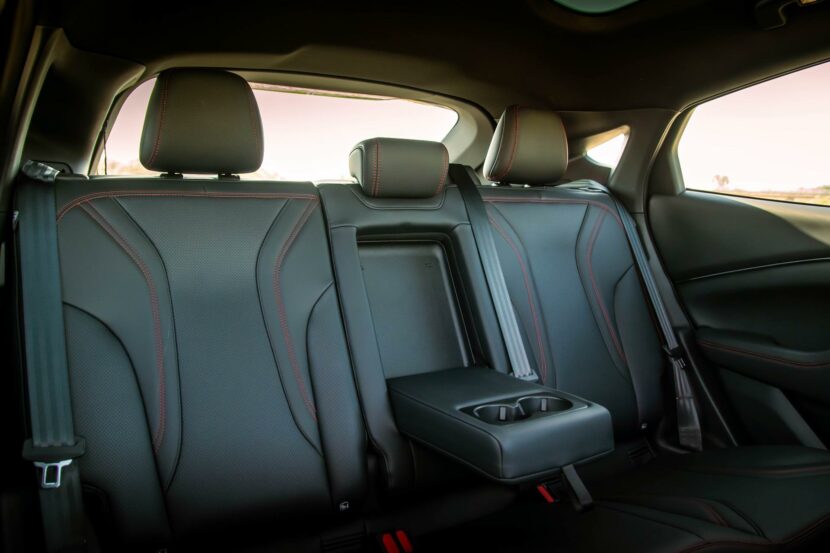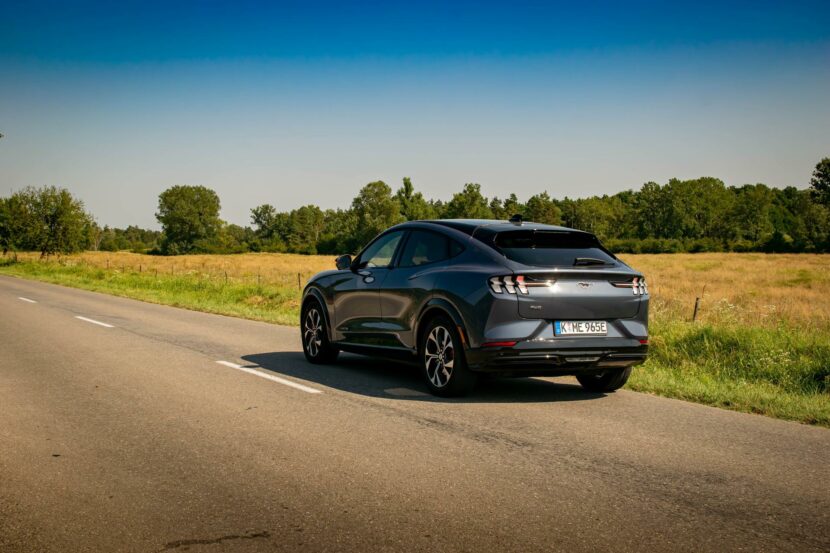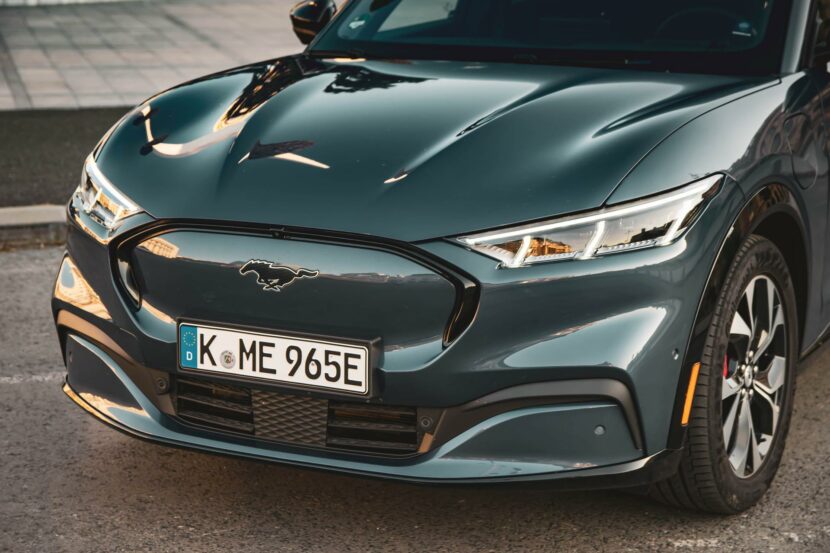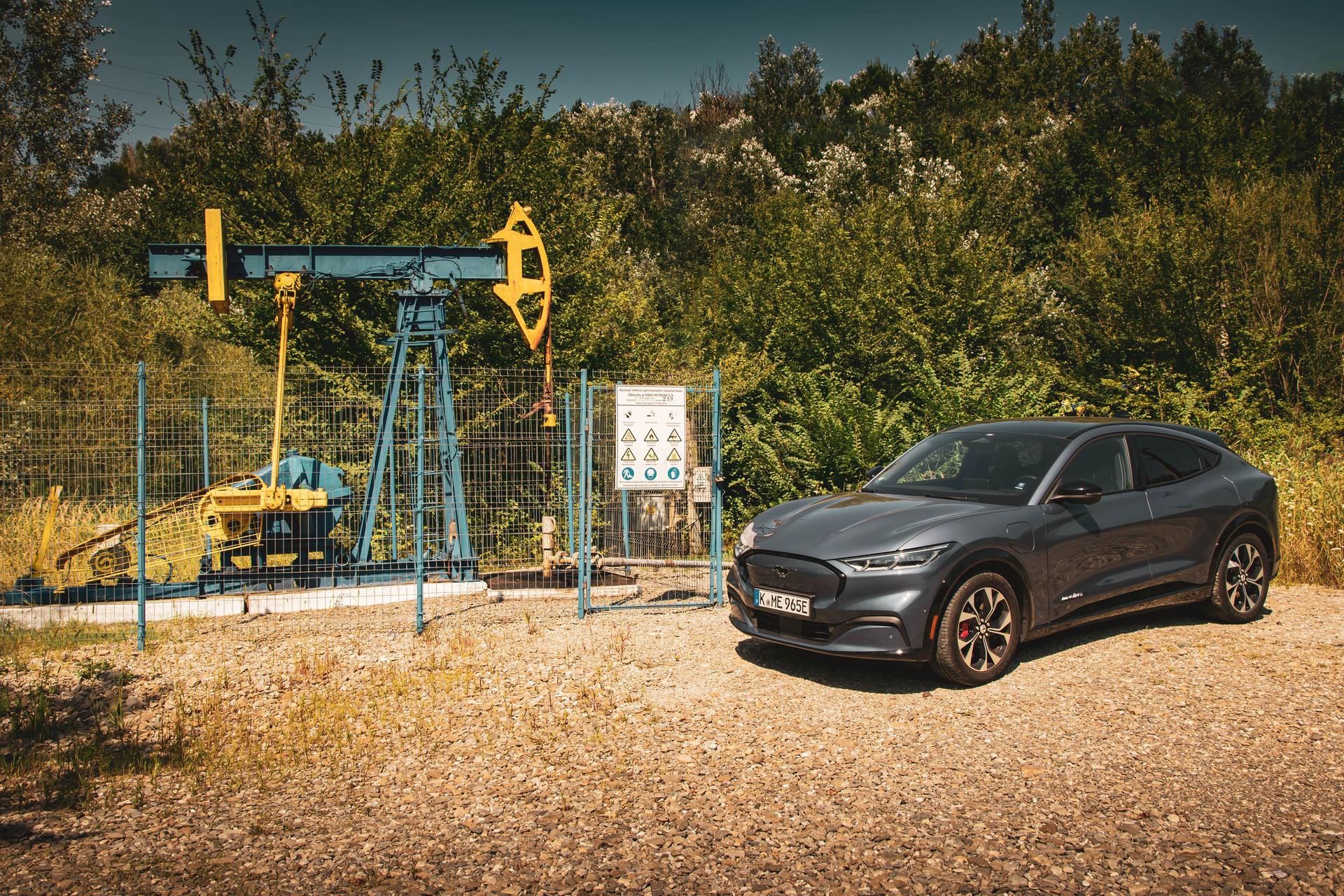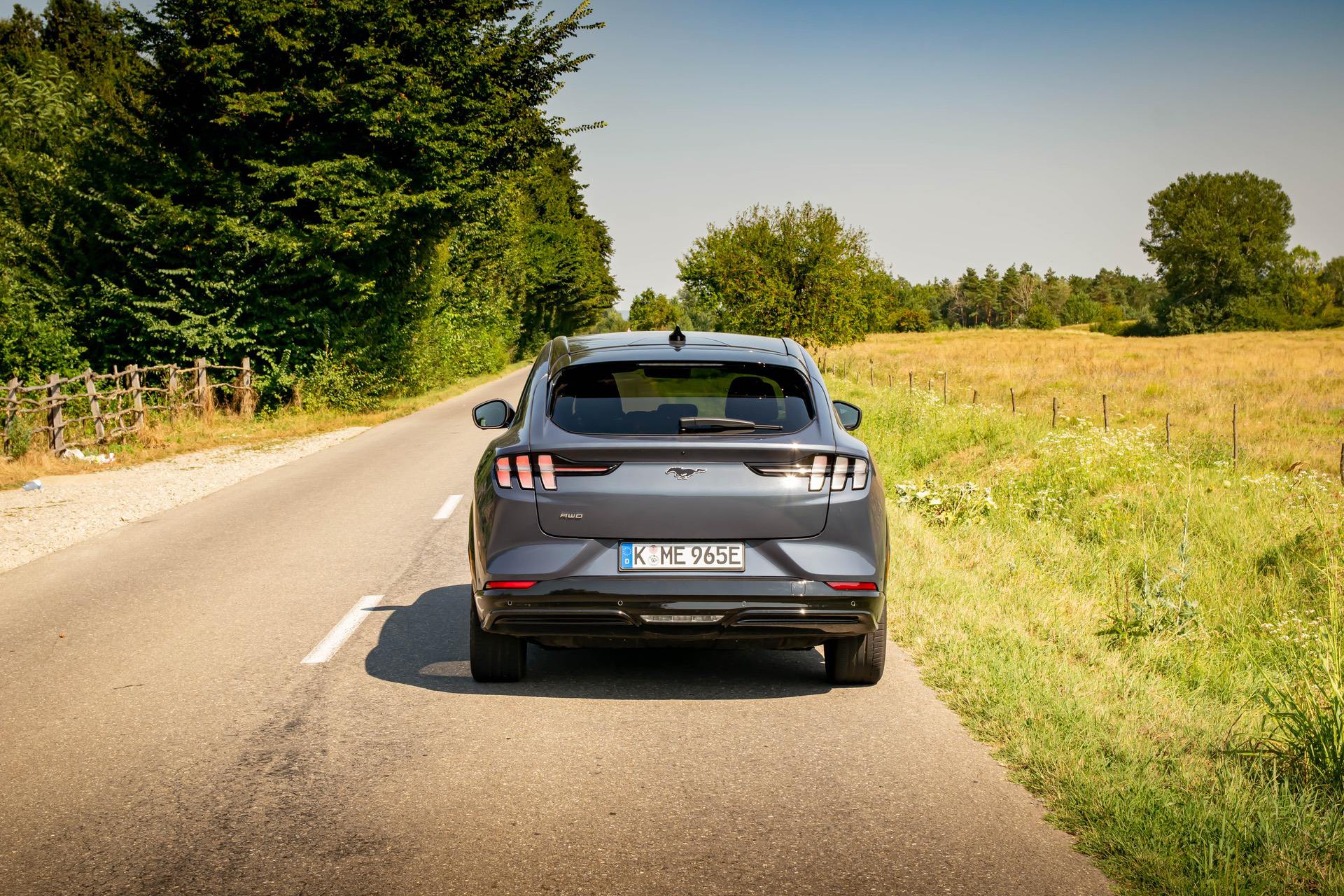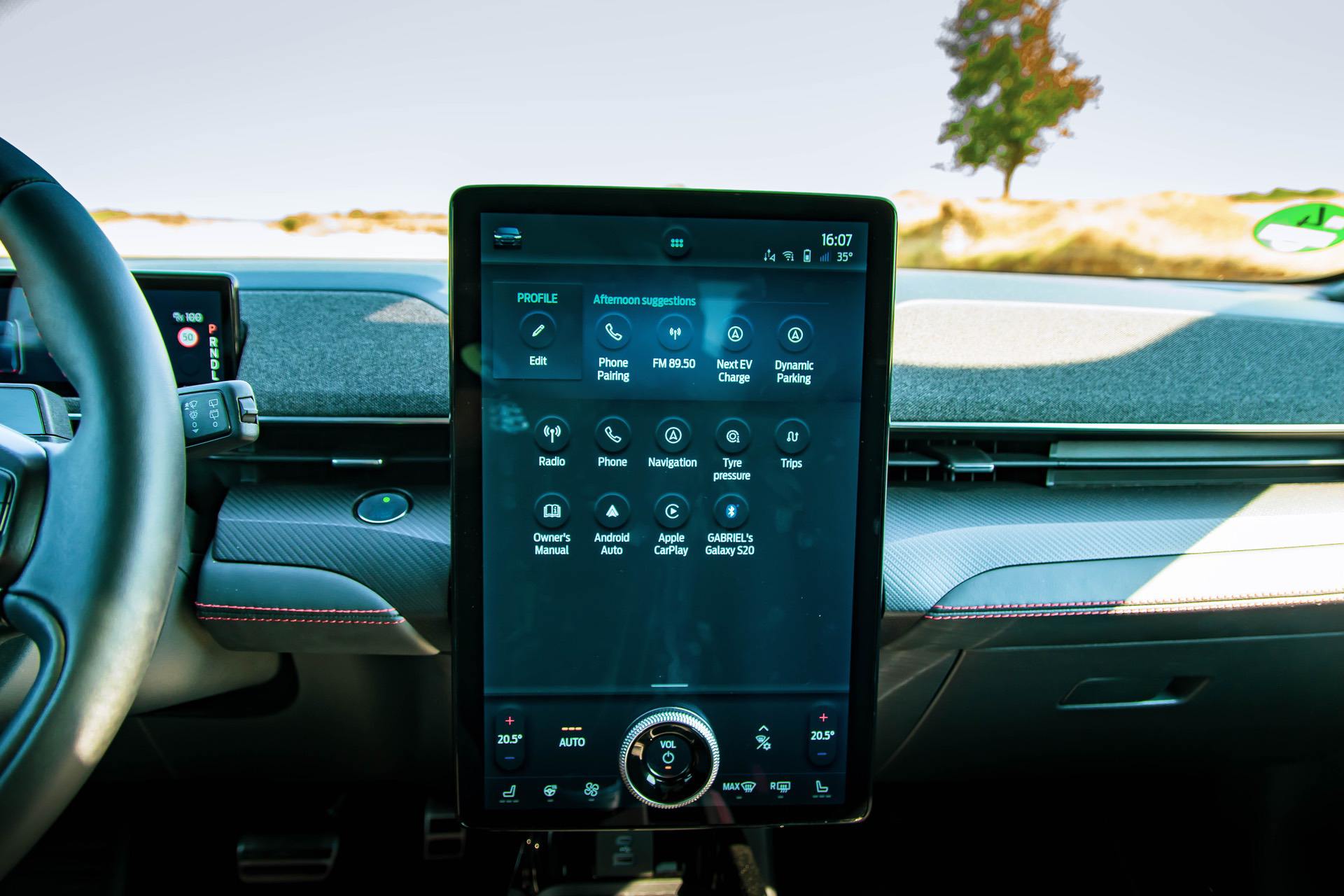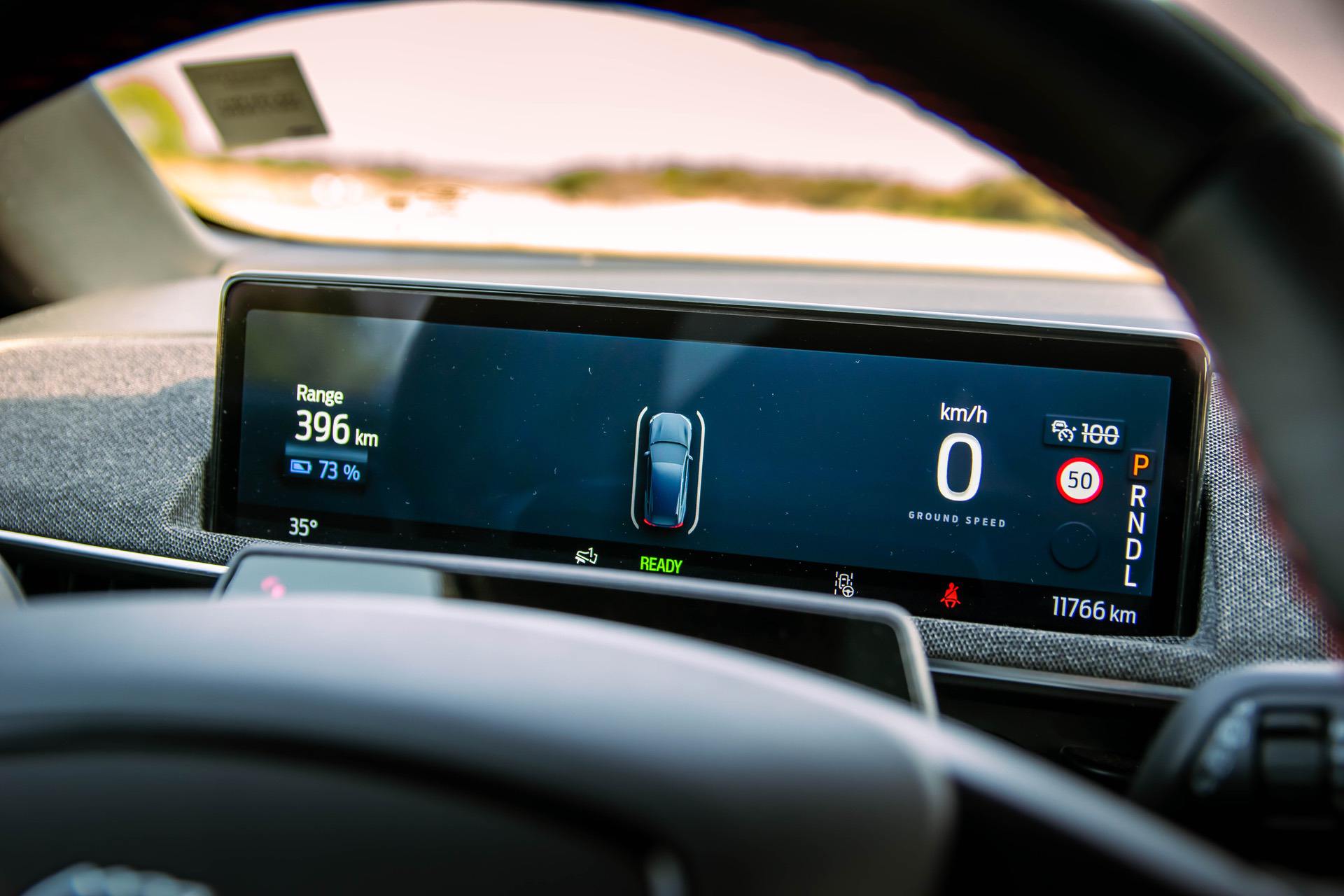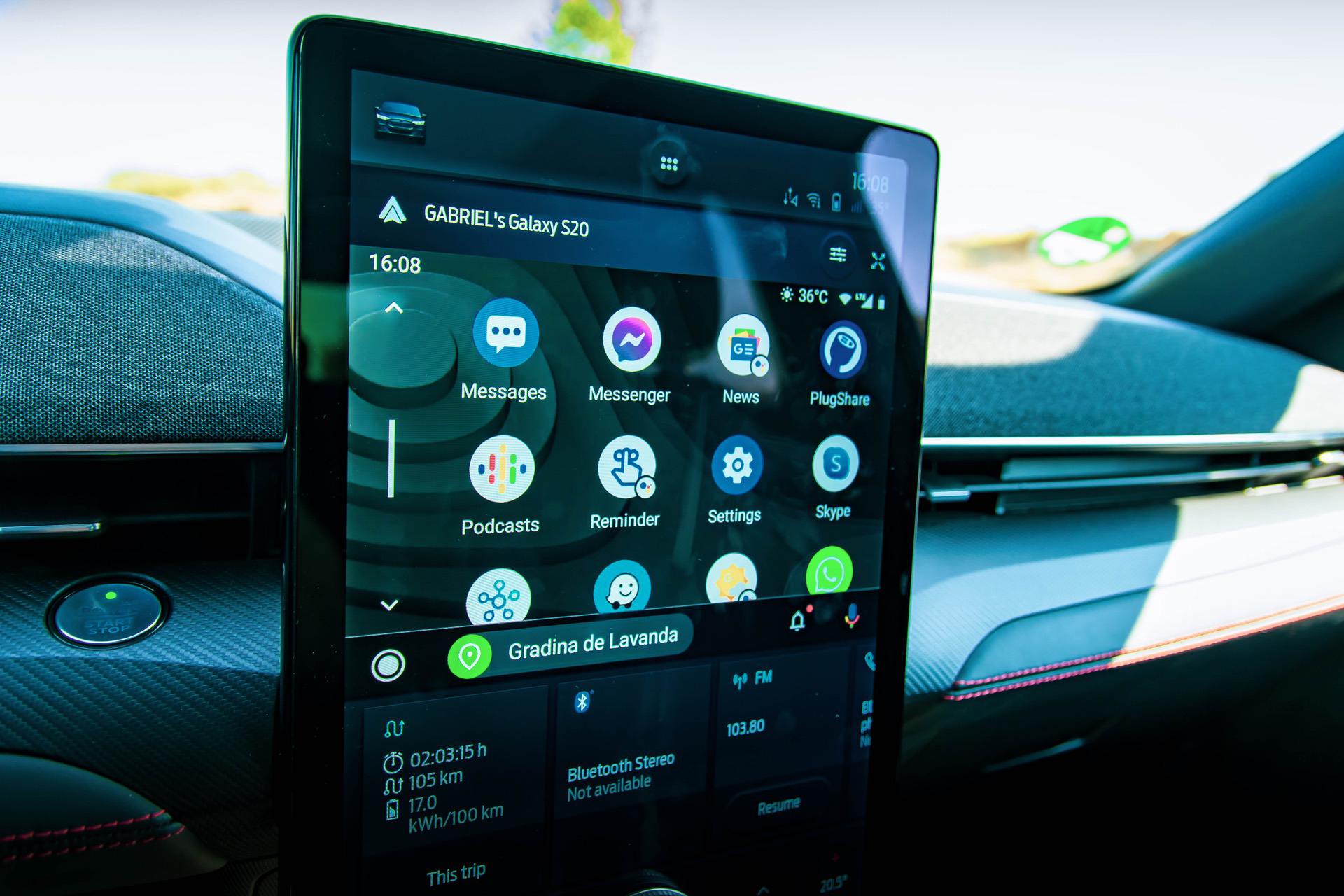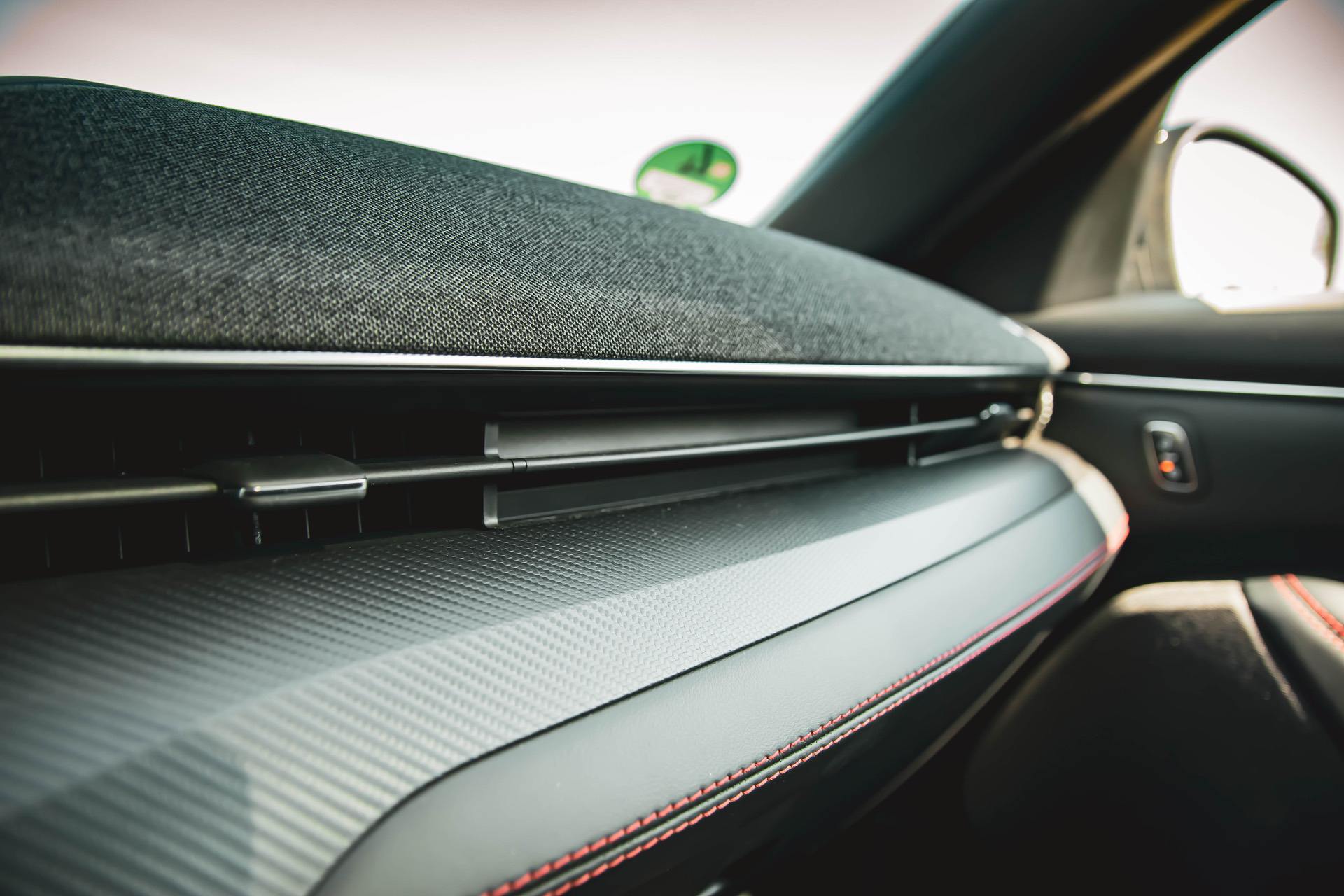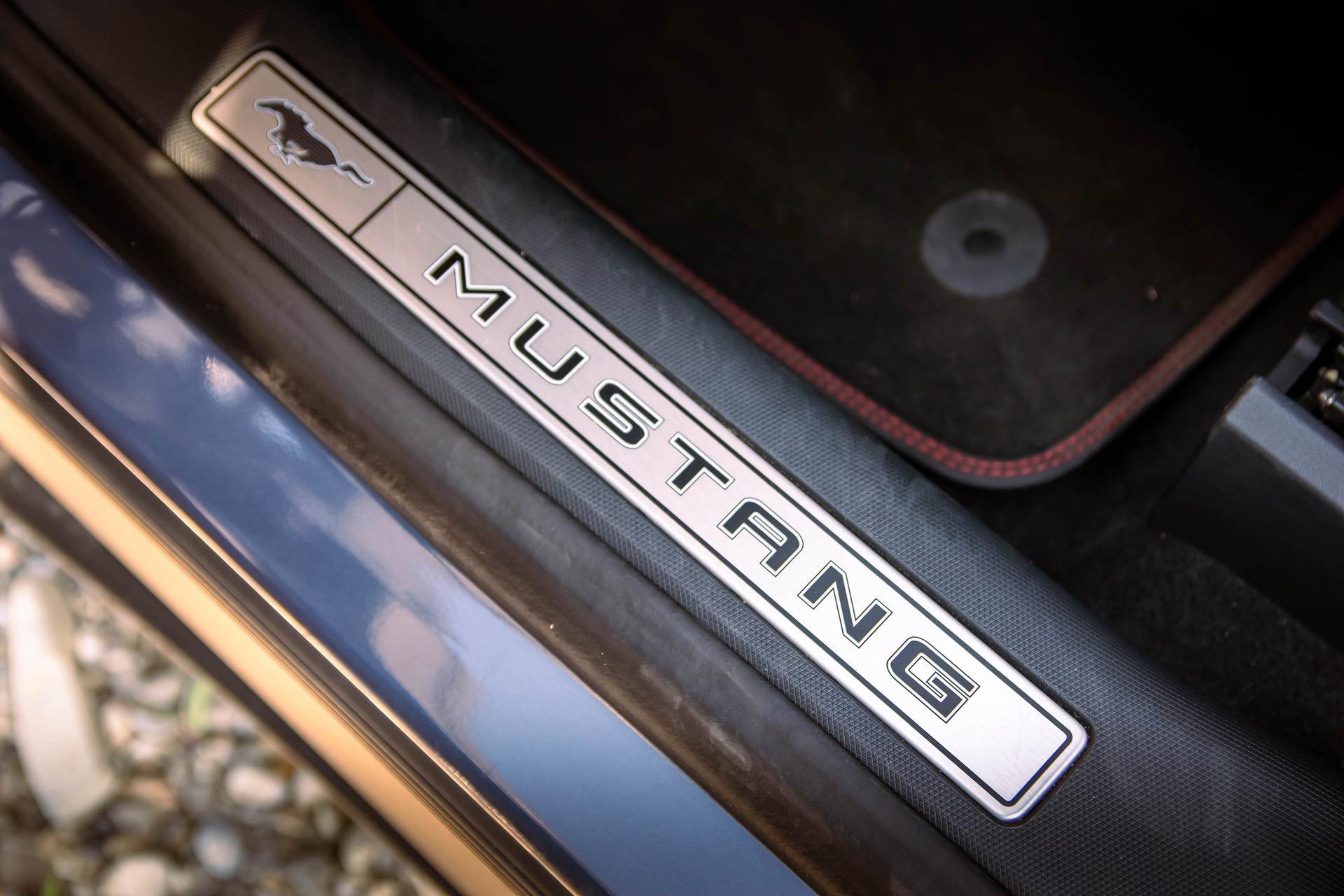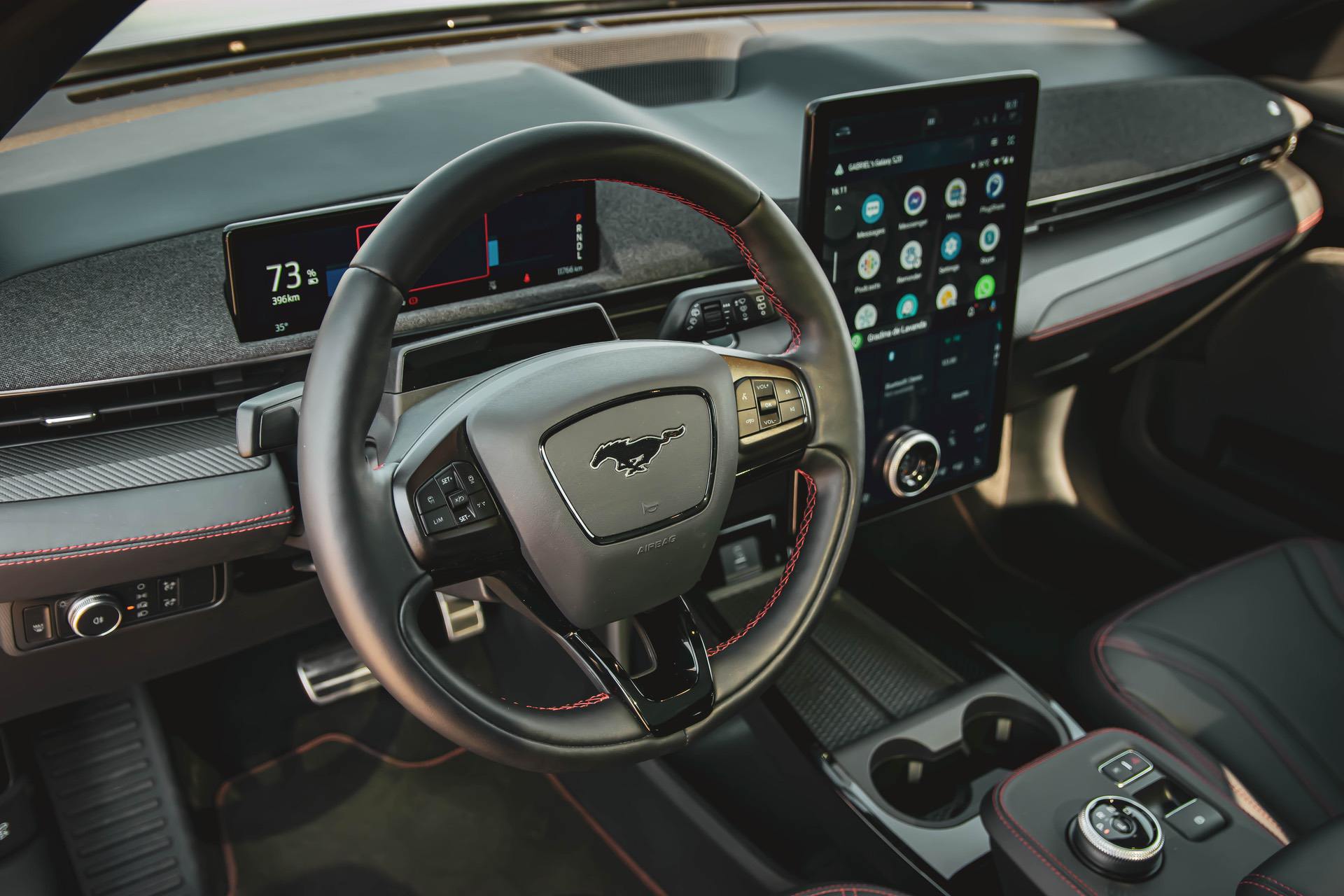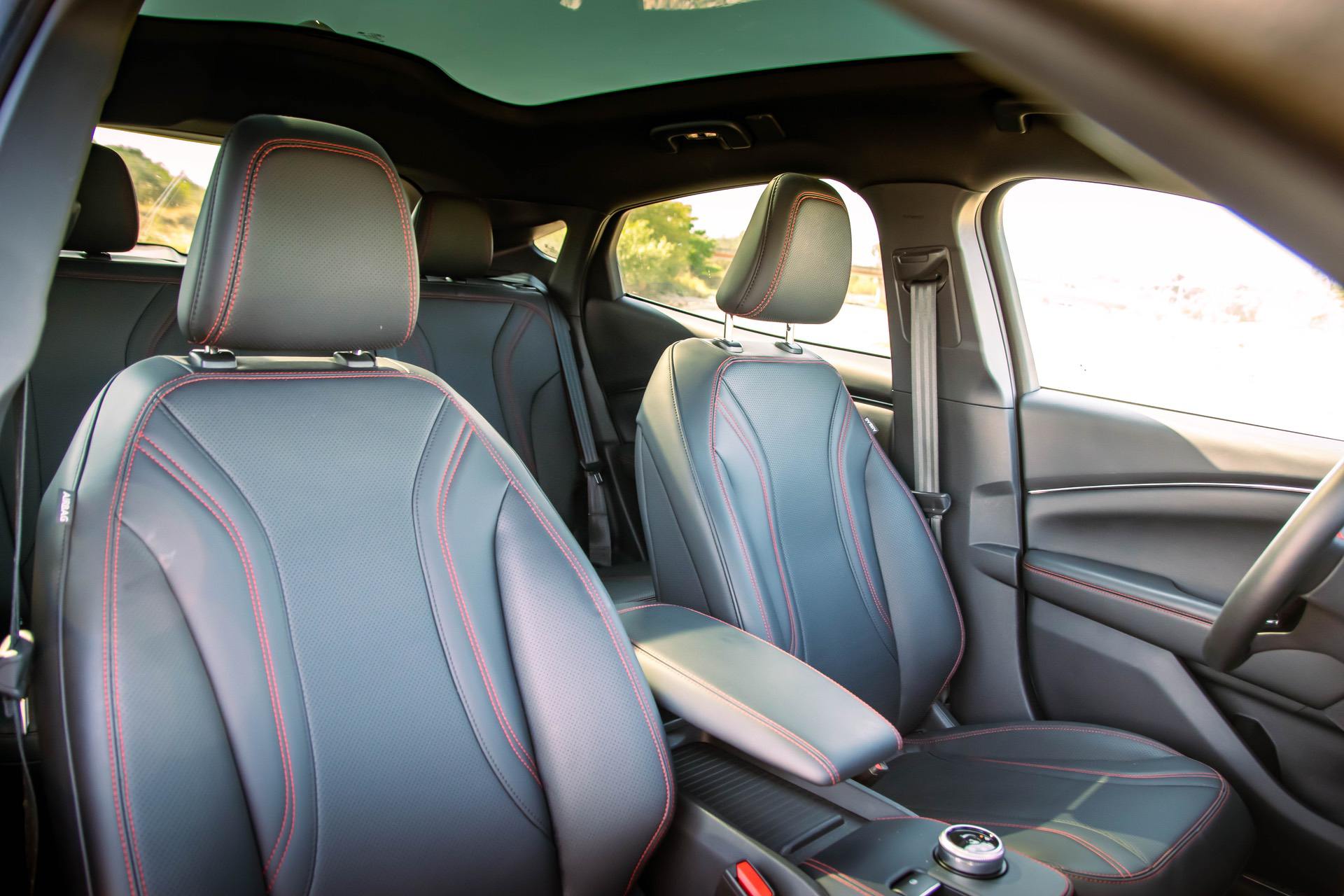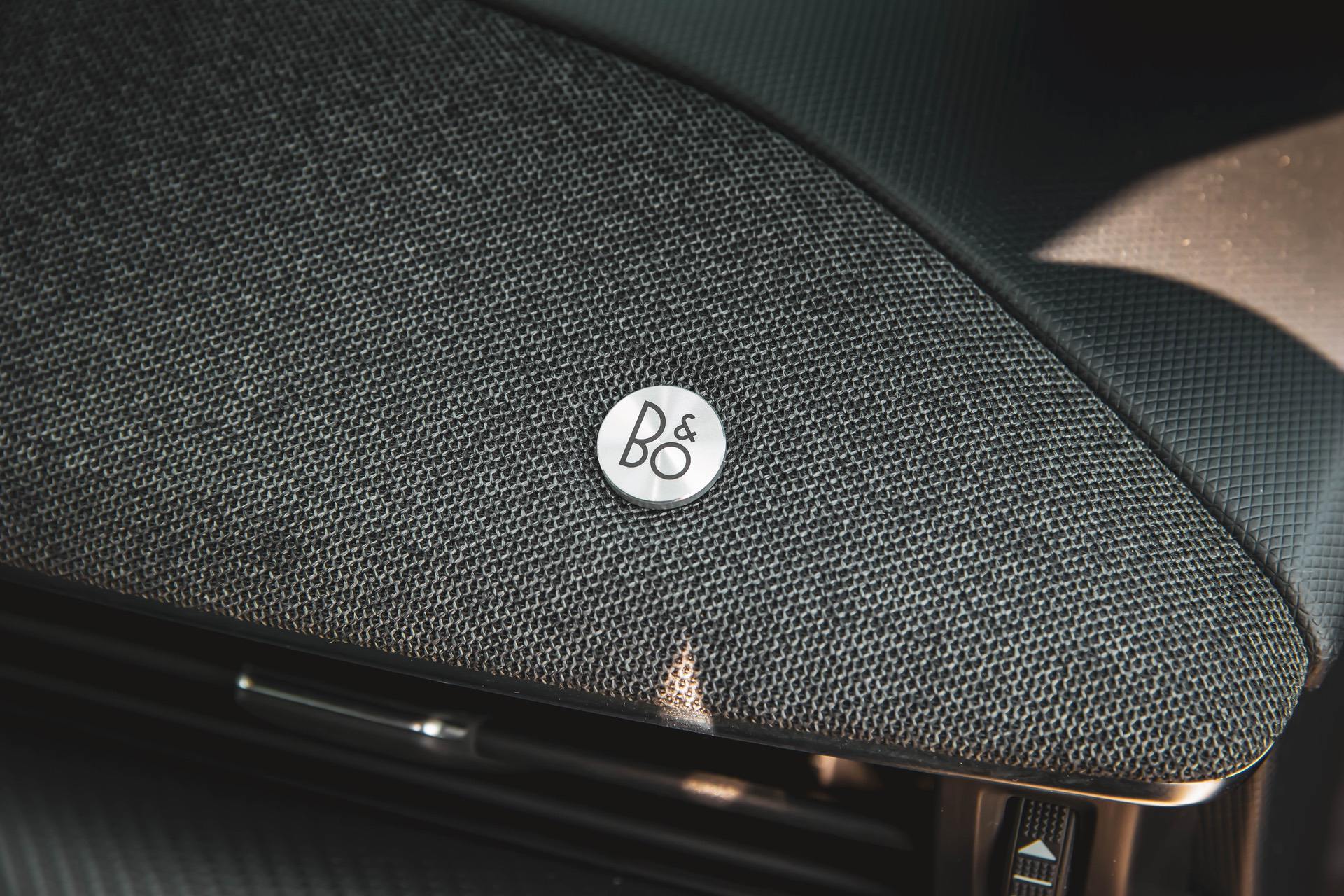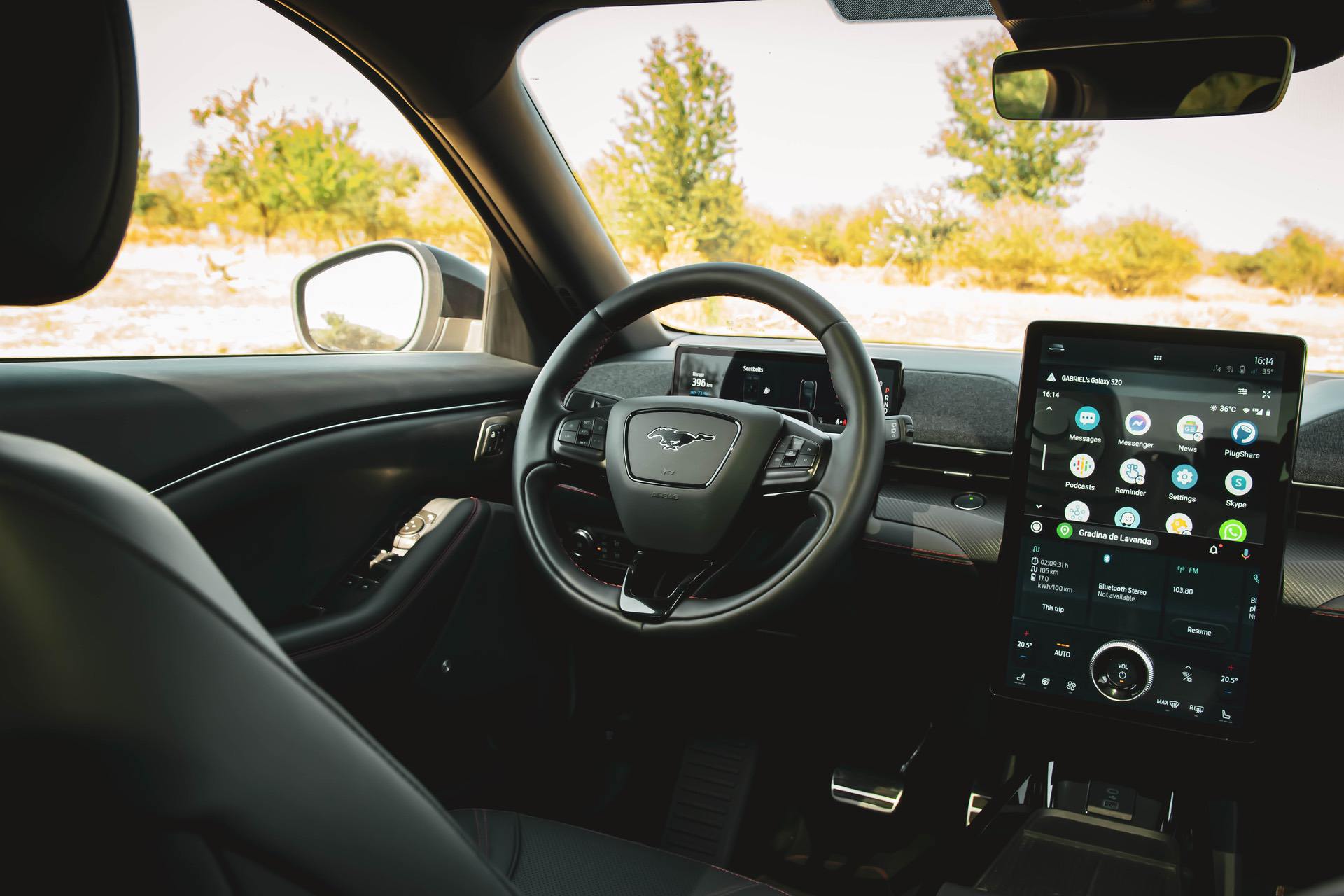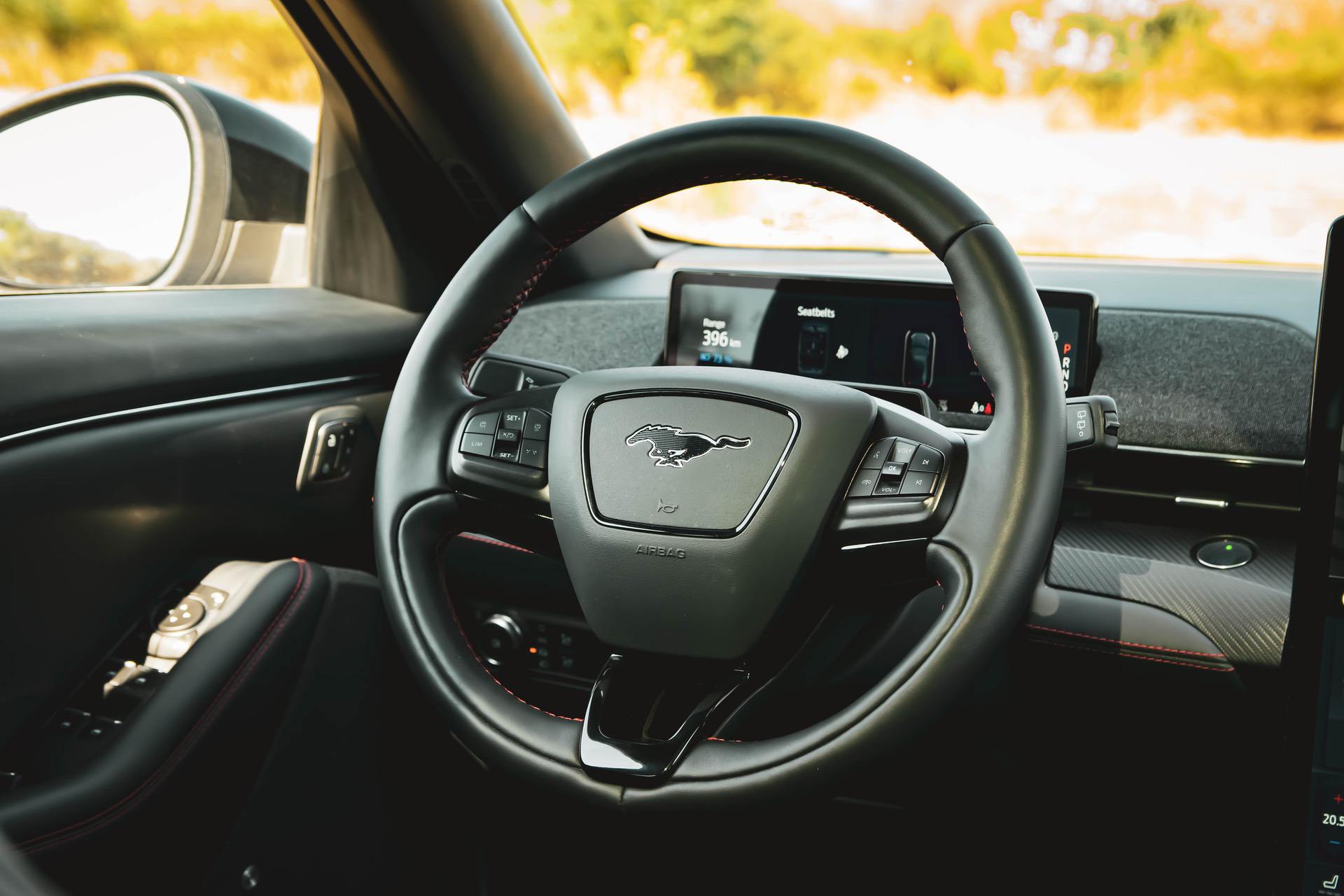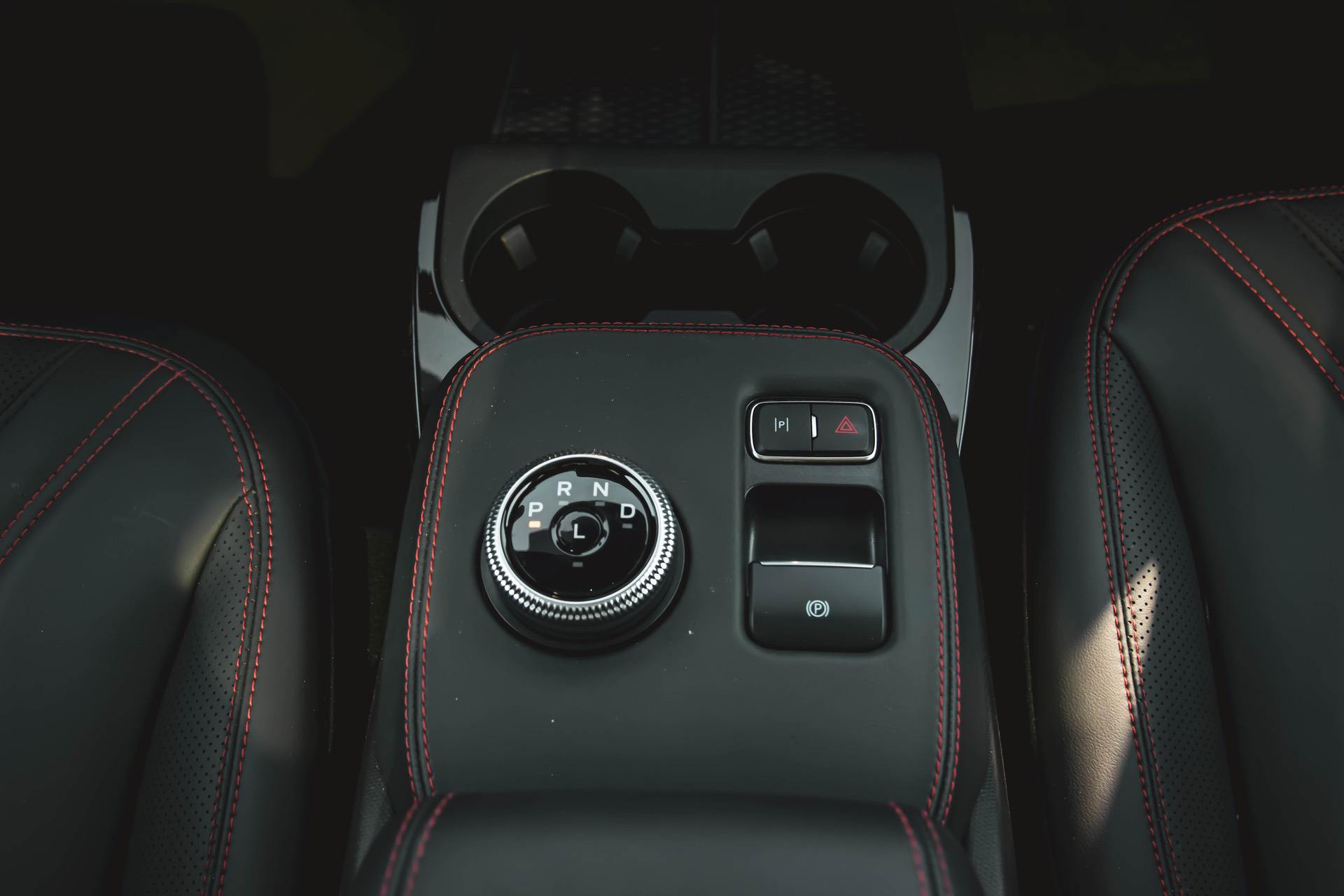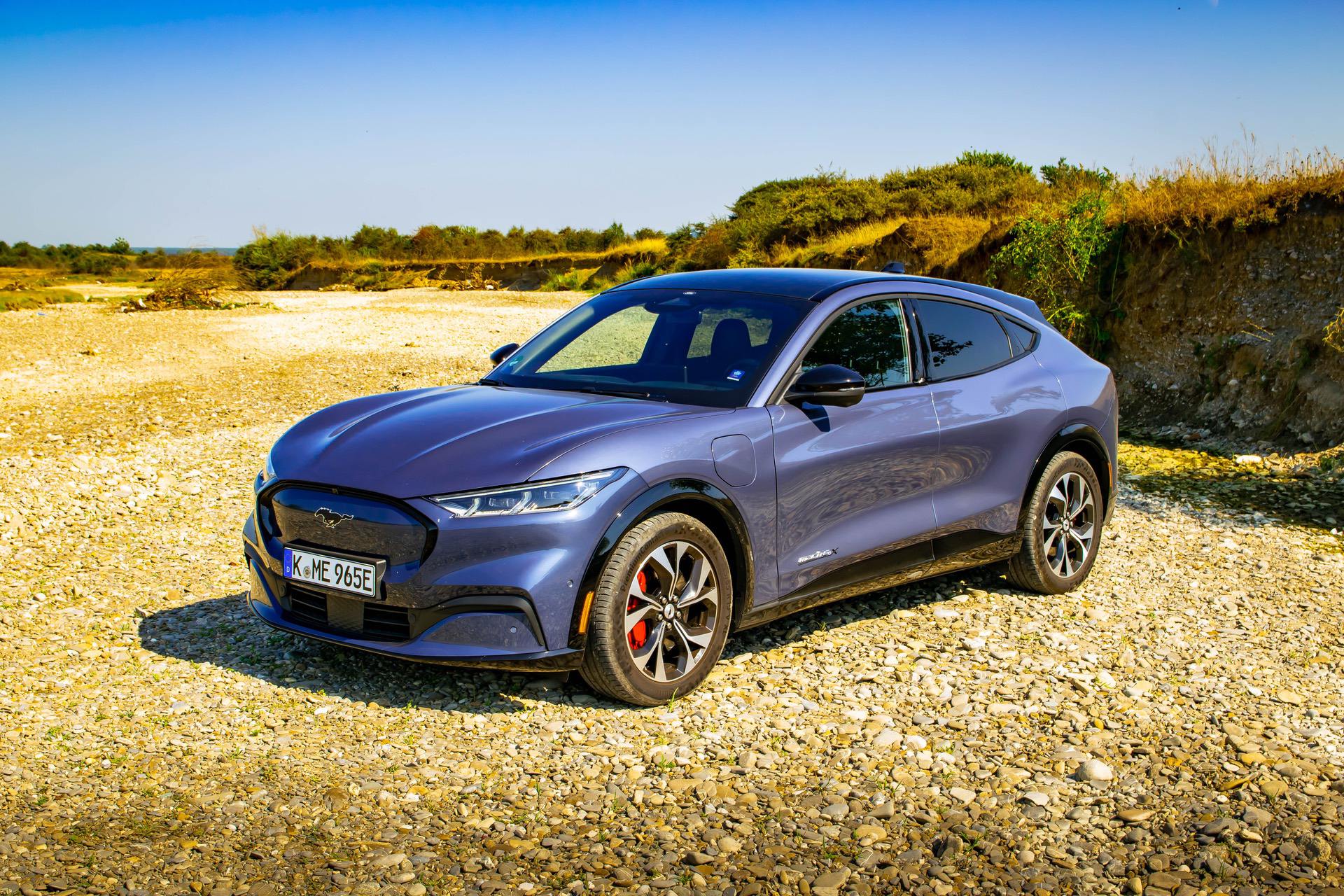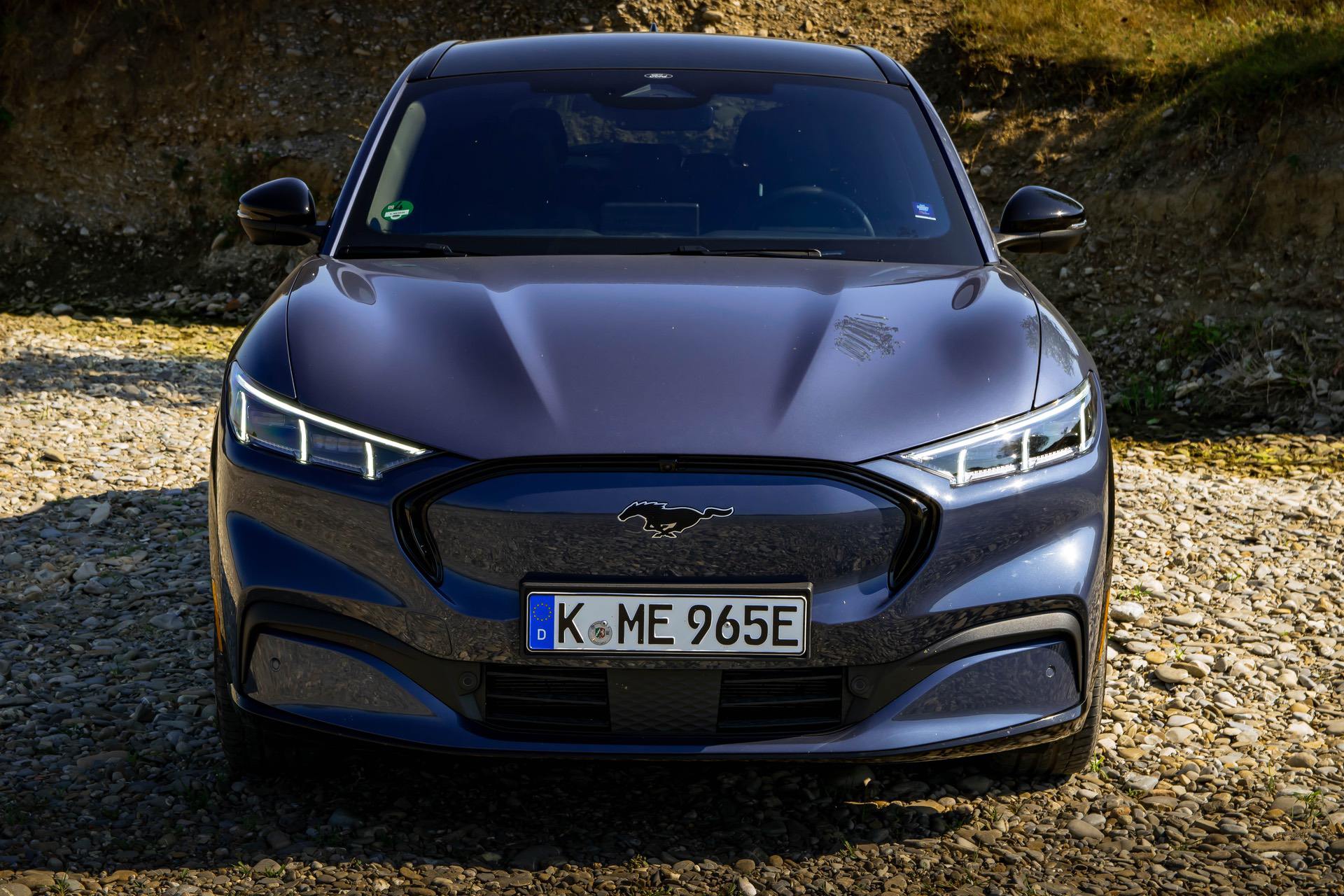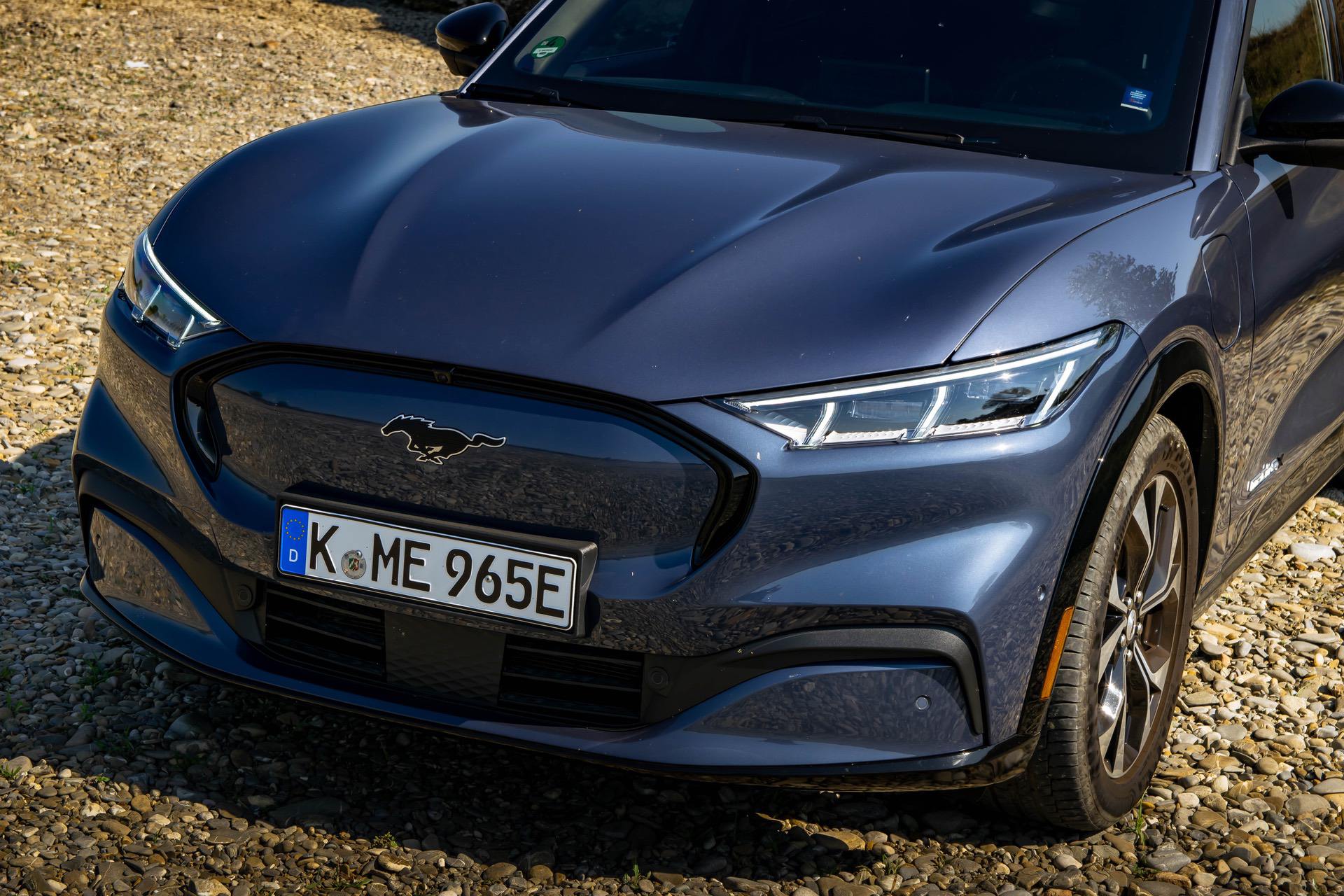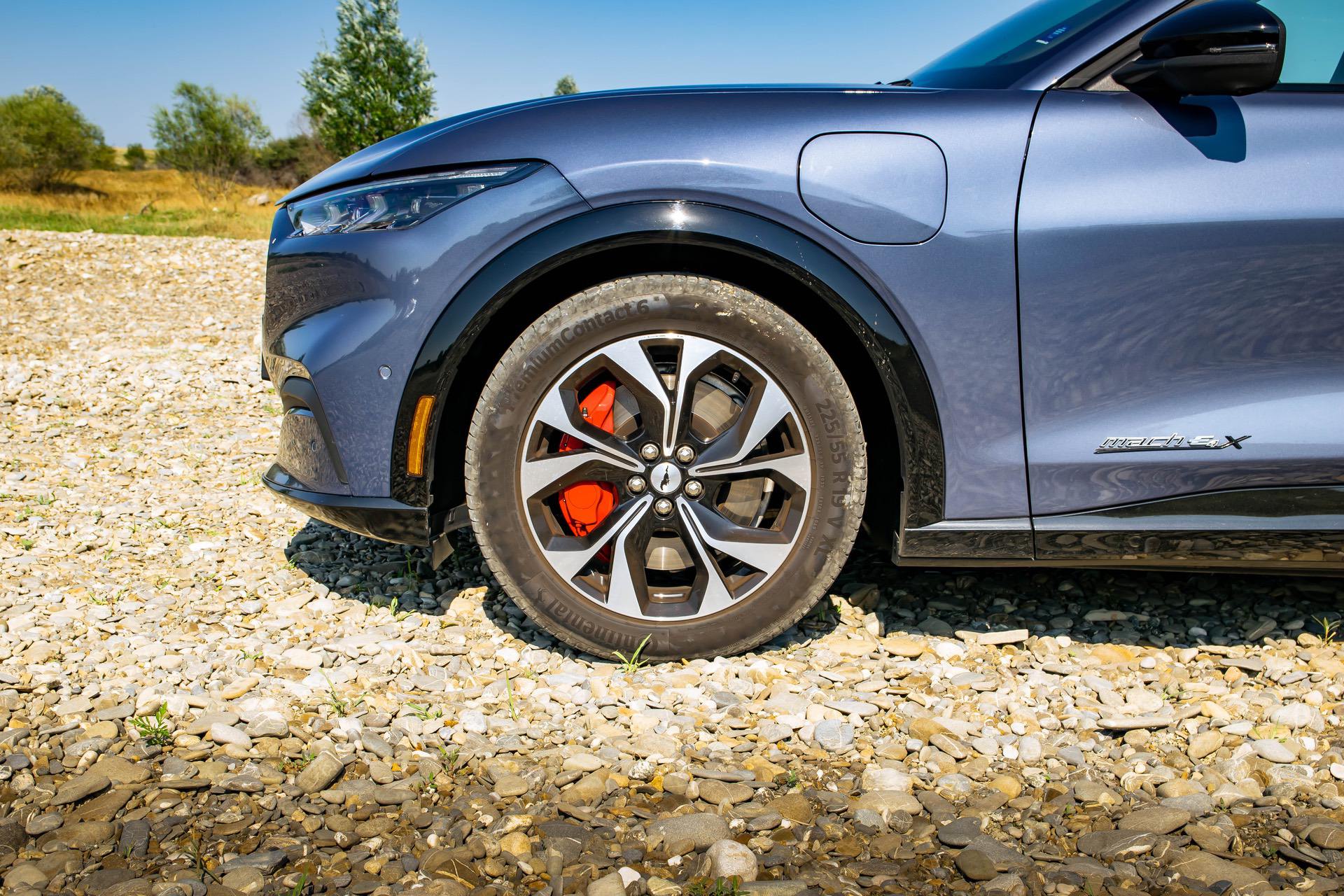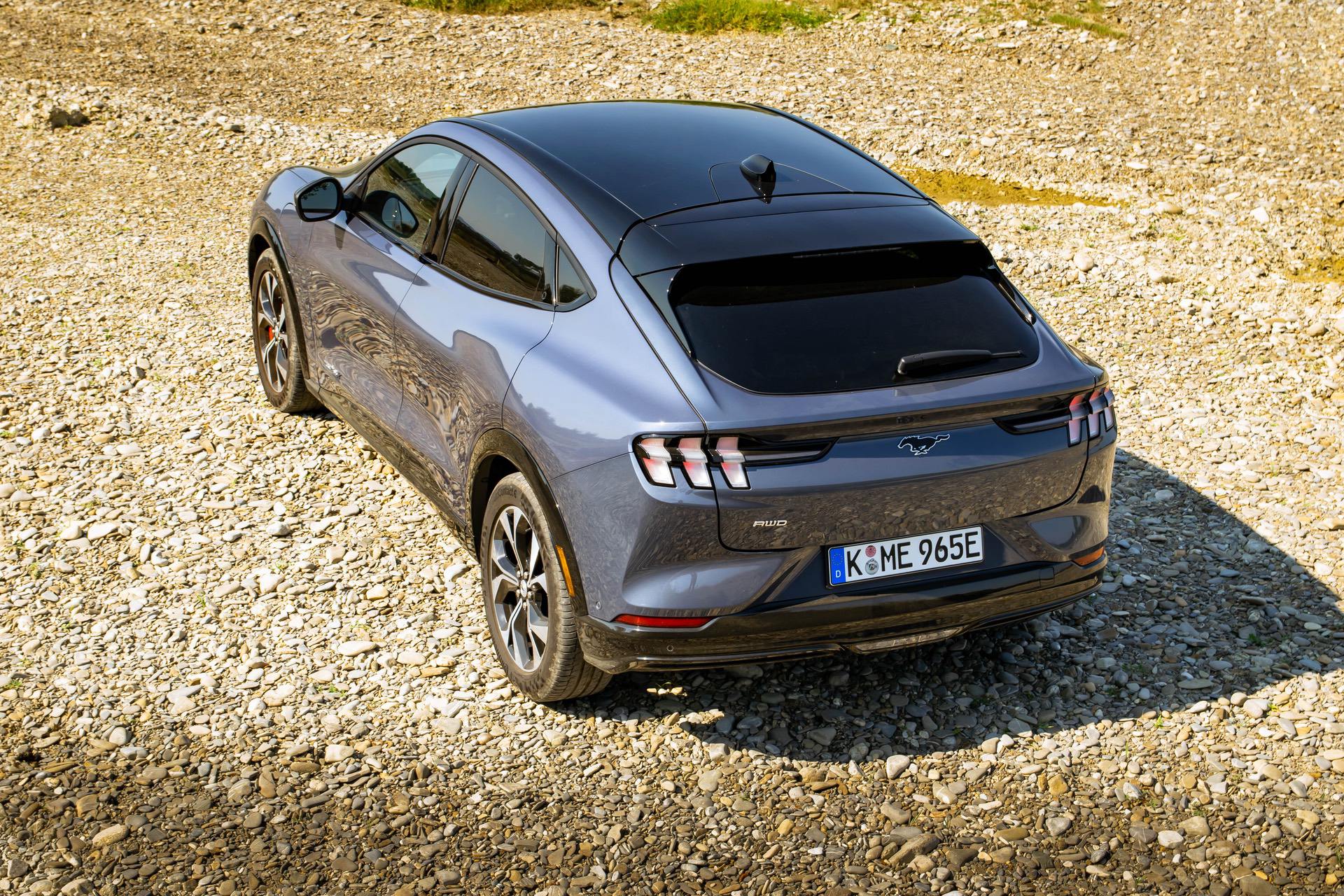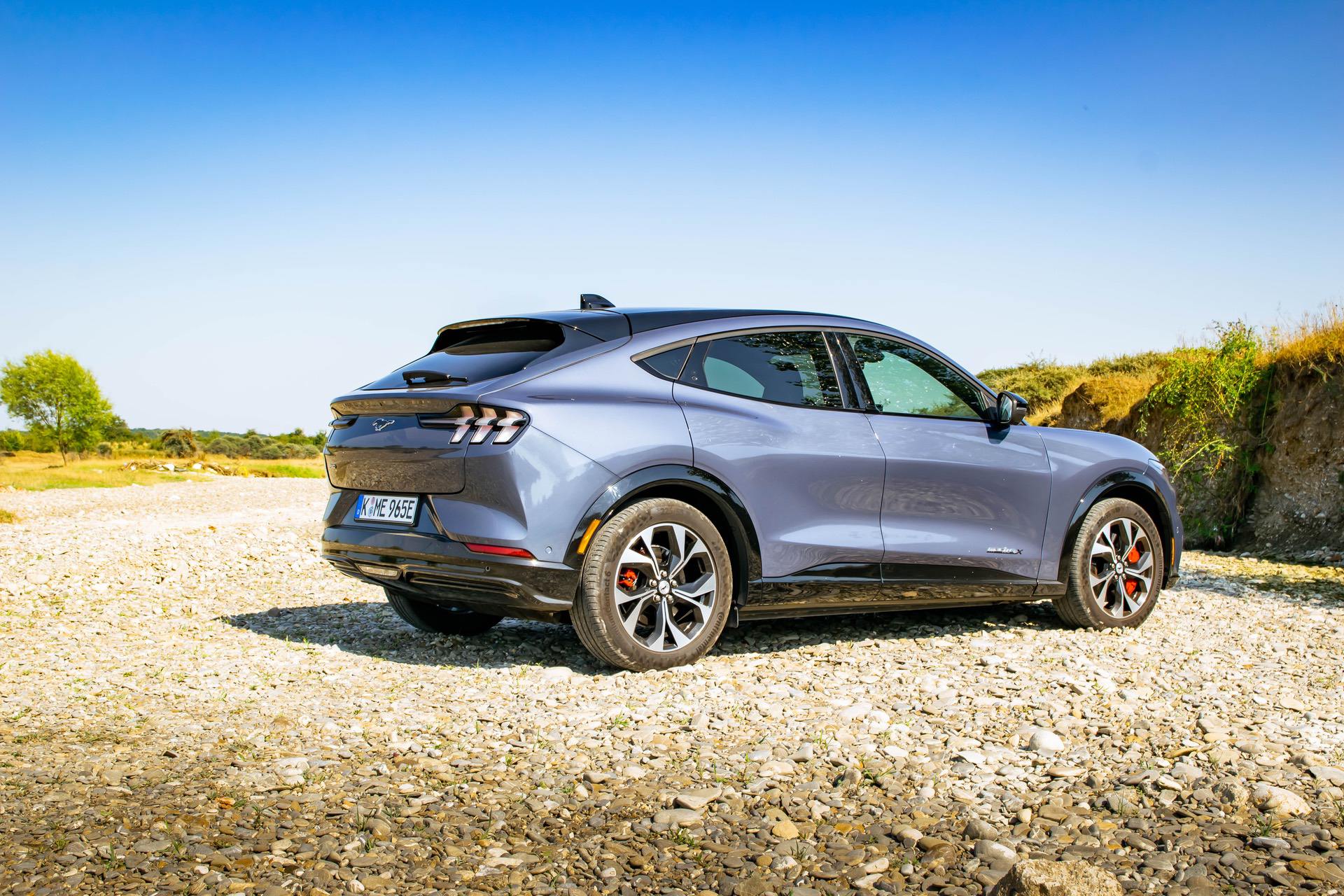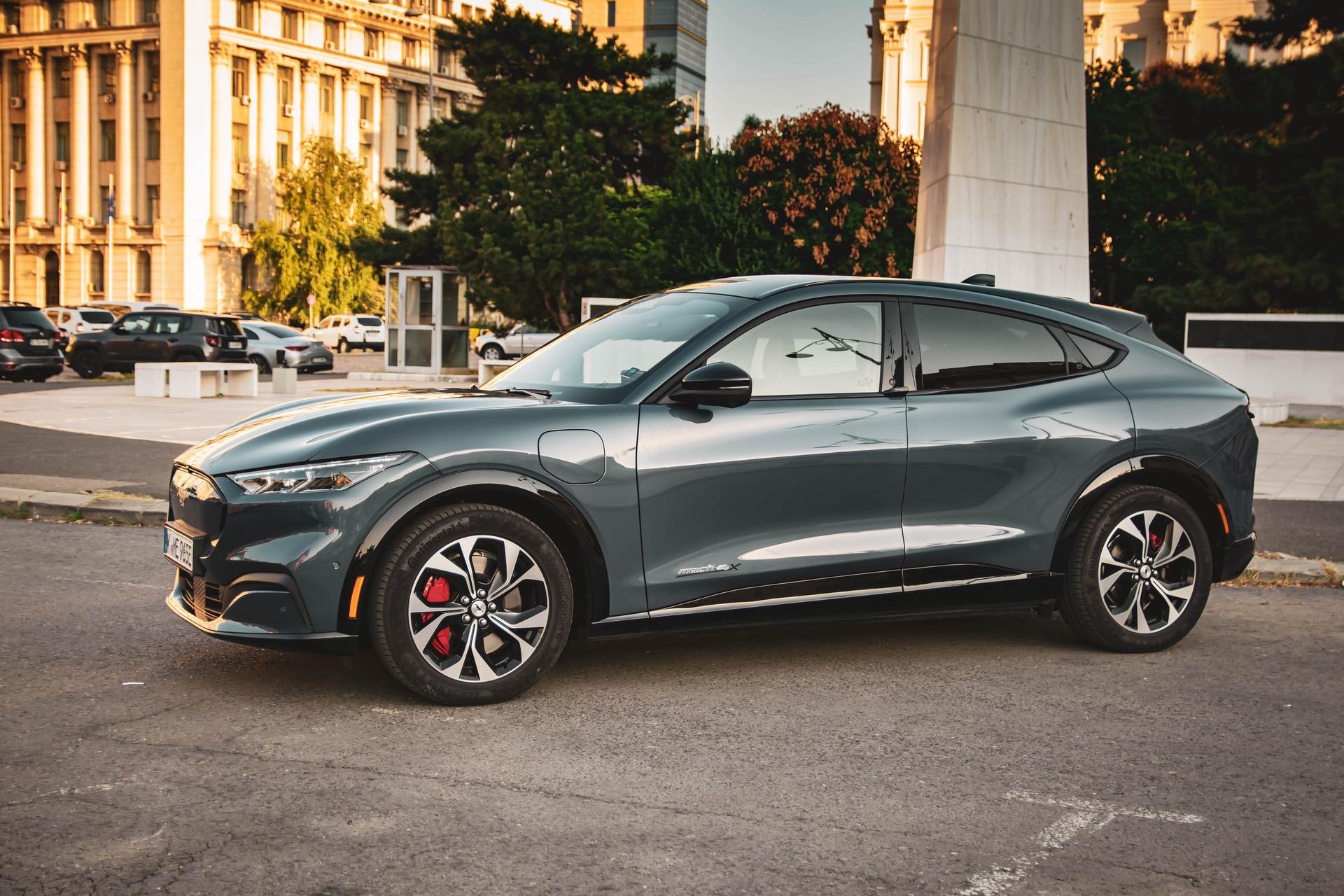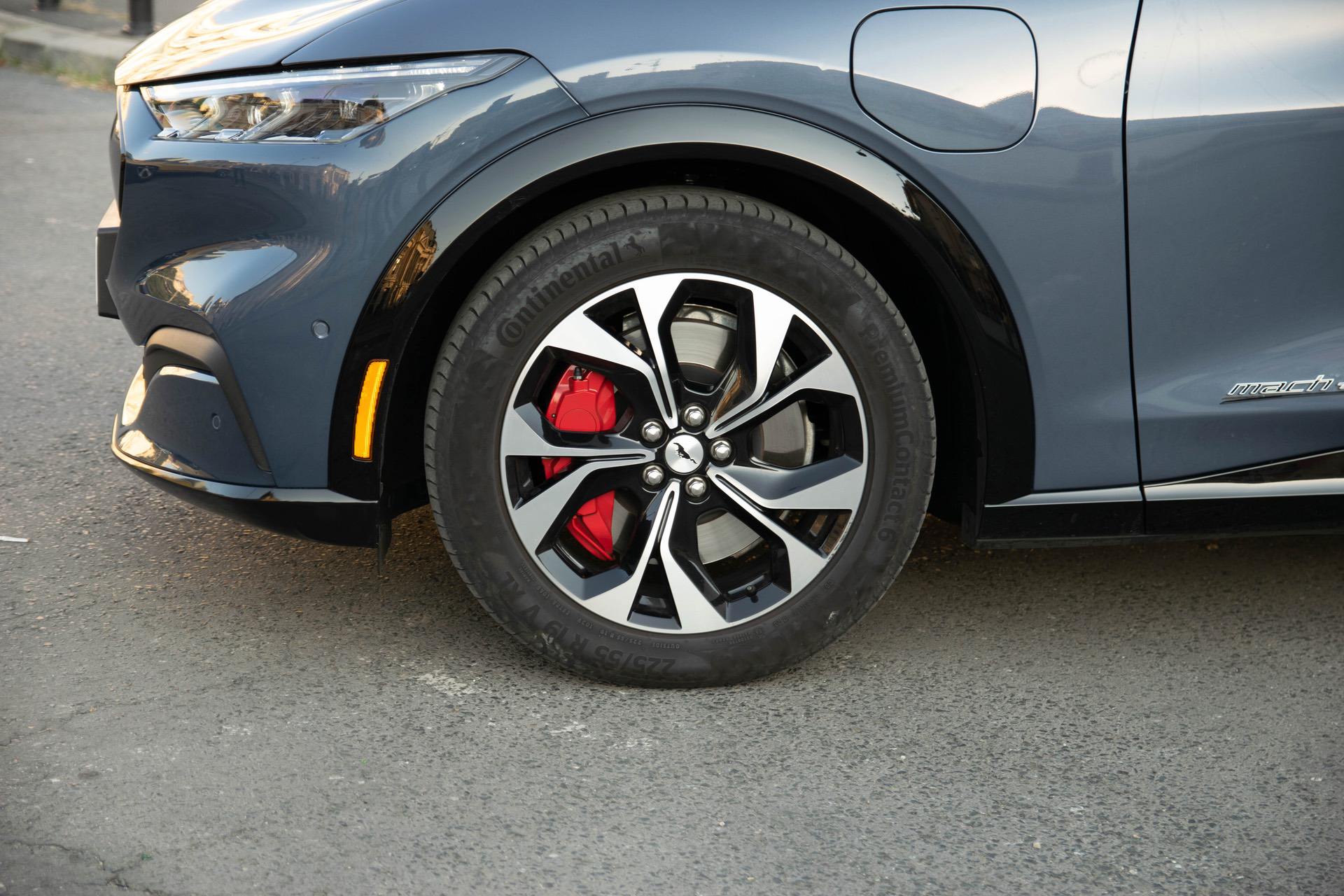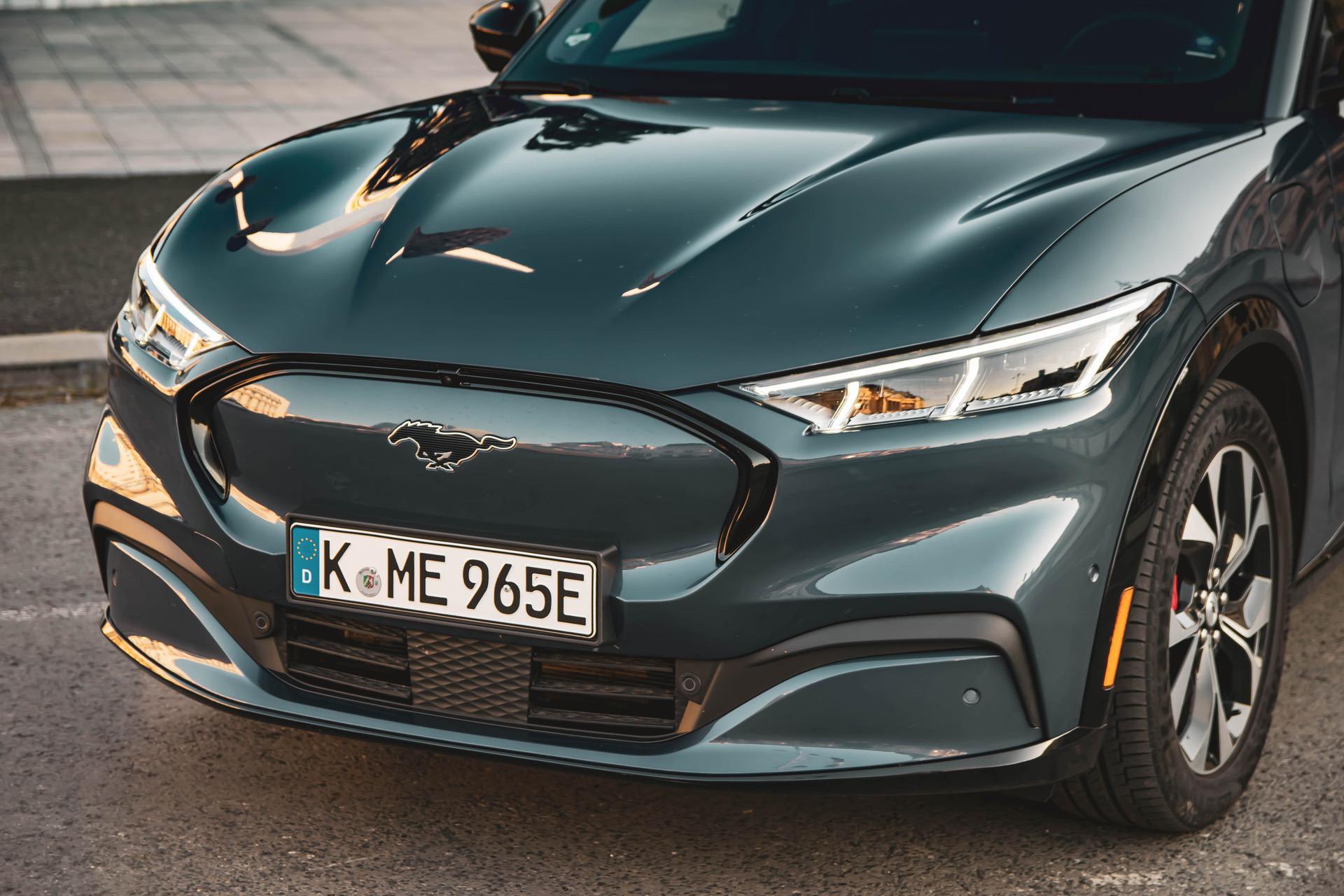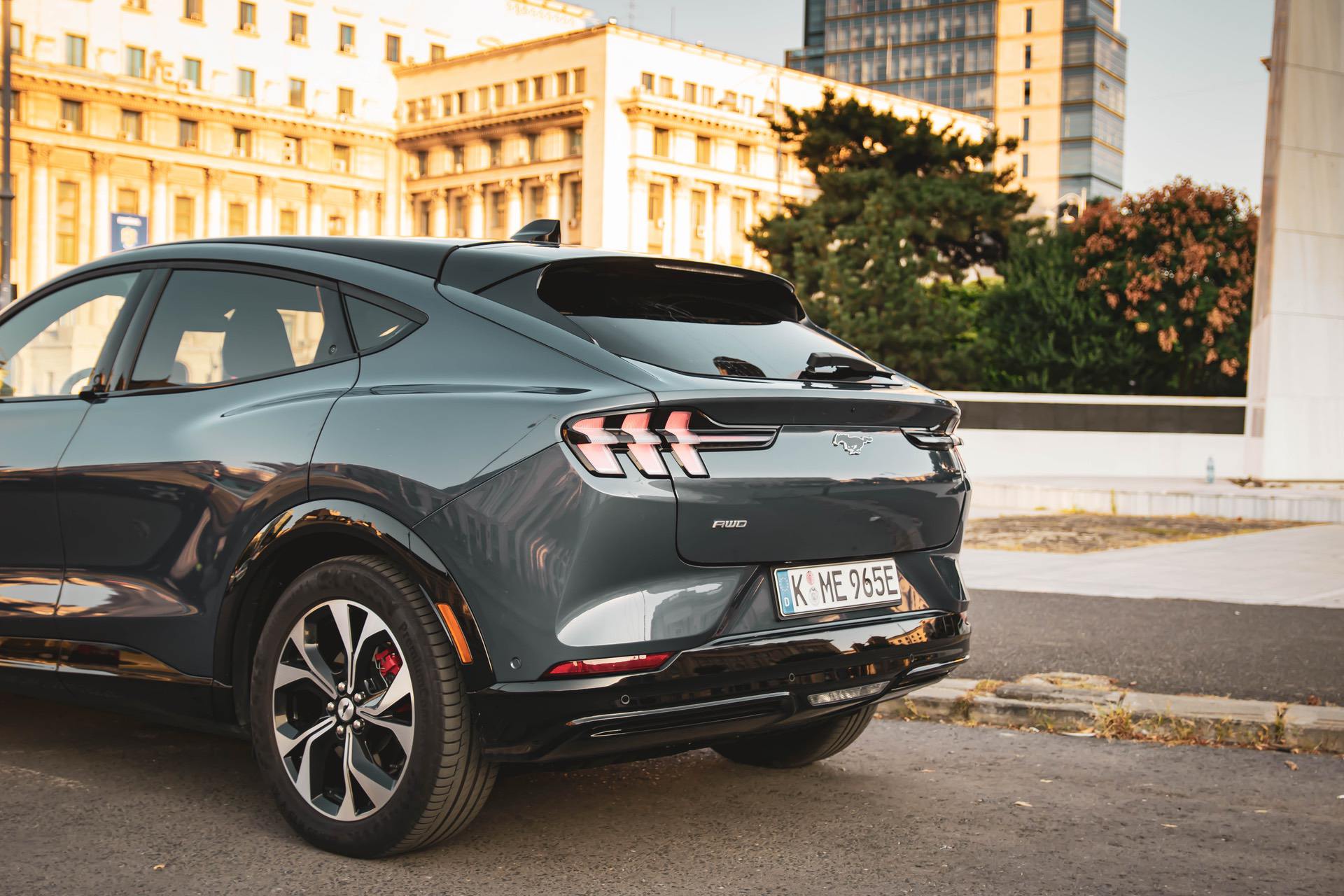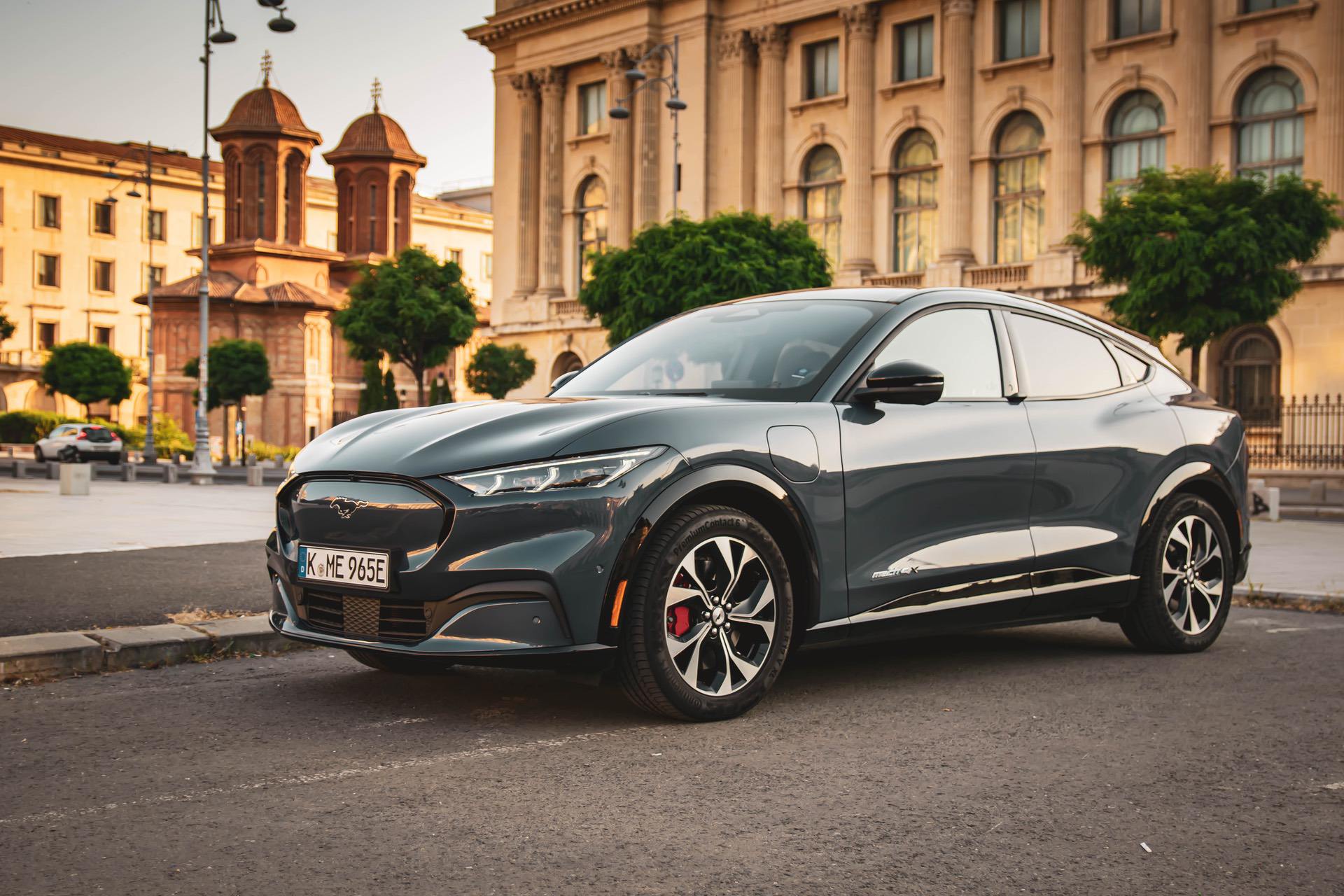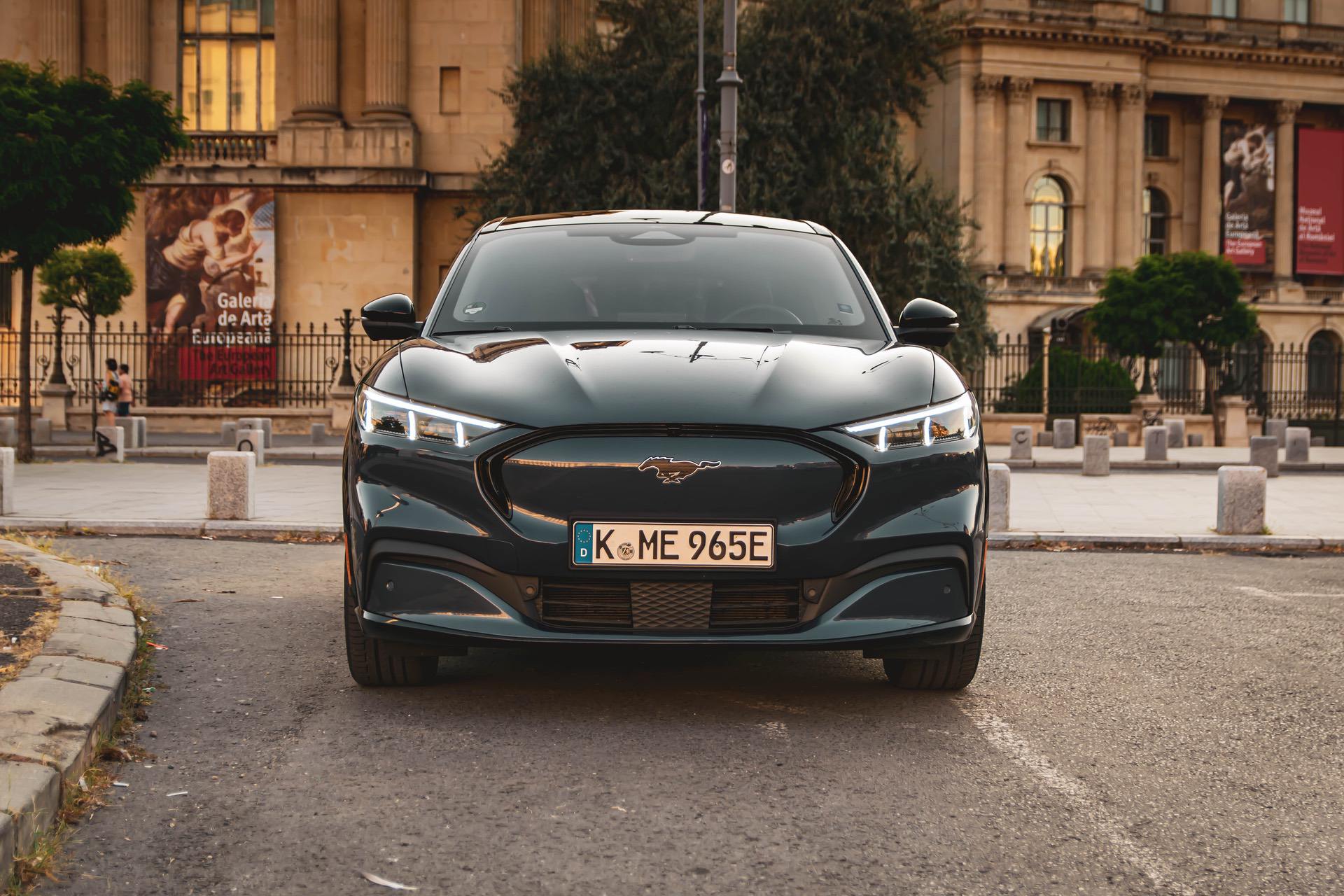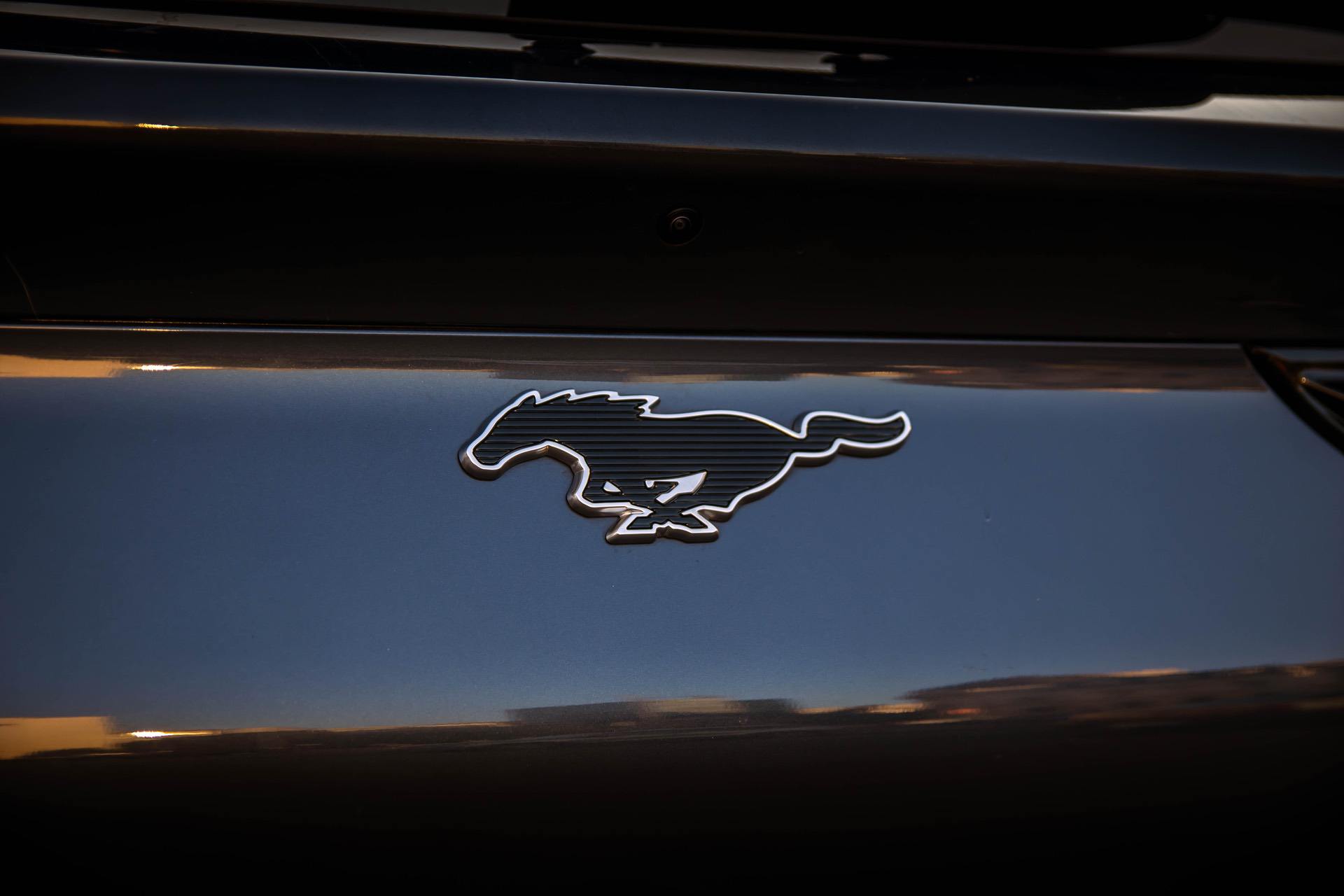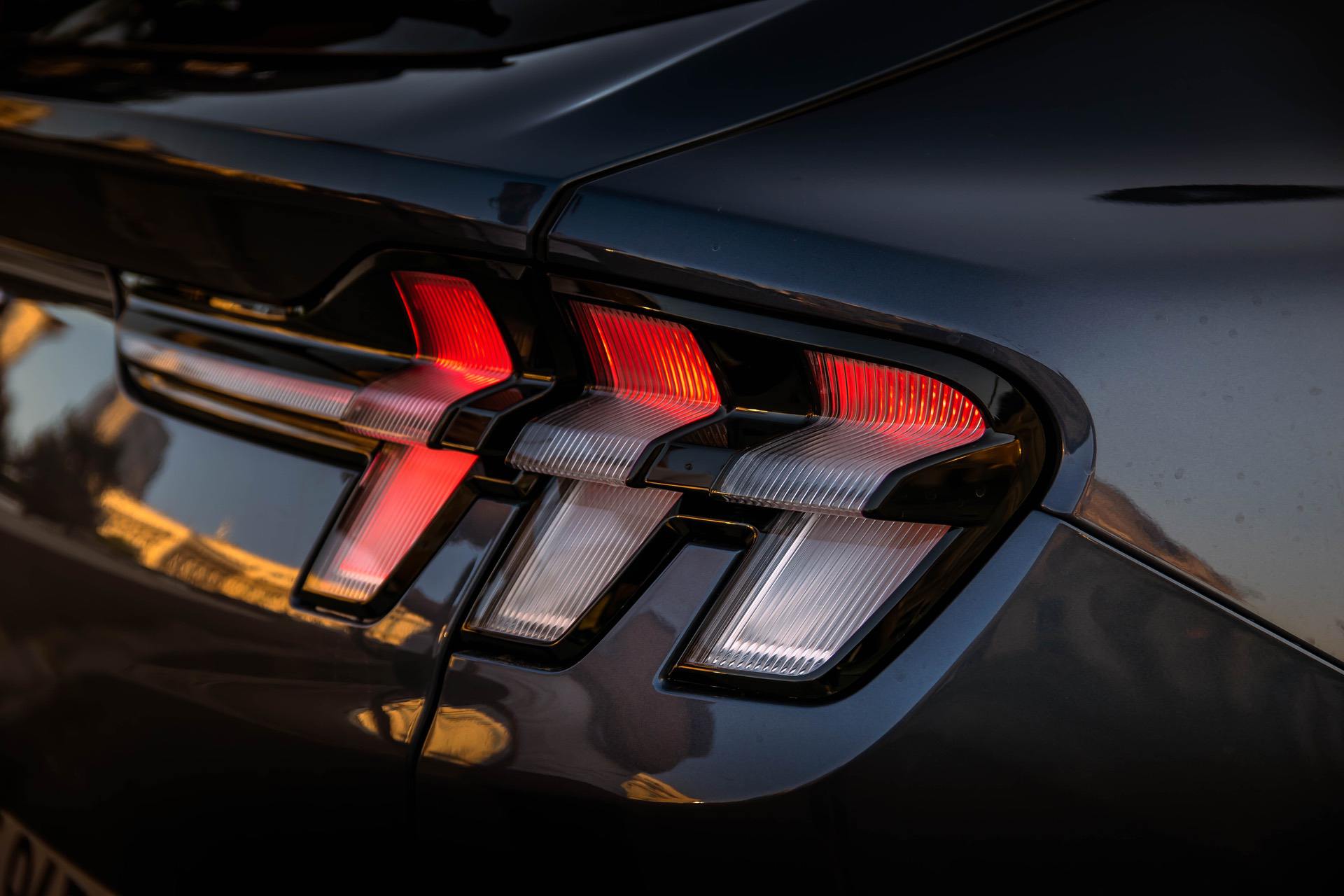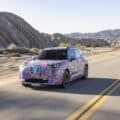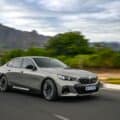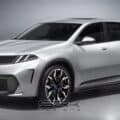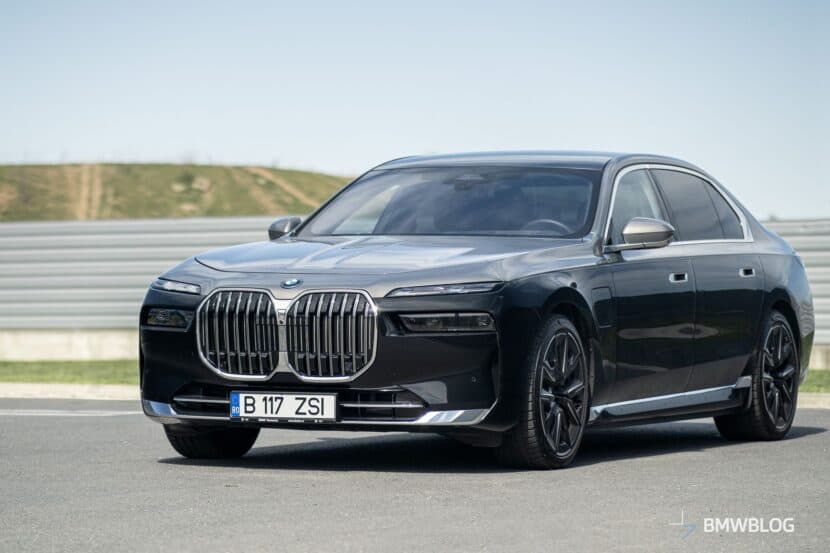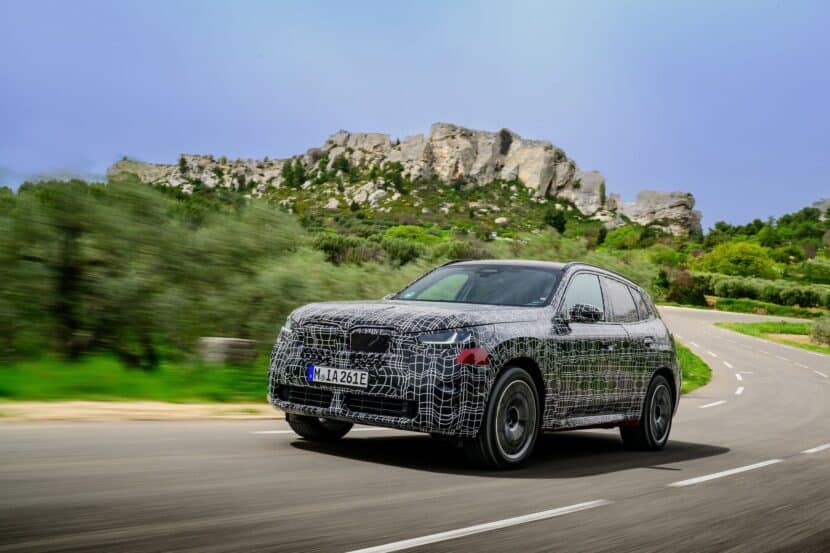Ford really had to do something special for its first fully electric car developed from the ground up. In a world that sees about 10 to 20 new fully electric models launched every year, how do you stand out in the crowd? By creating controversy, of course. And that’s why Ford went with the Mustang name for its first, properly developed electric vehicle.
They didn’t just include the Mustang name in the whole grand scheme of things, they kinda made it a brand of its own. Look at the Mustang Mach-E from the outside and you’ll notice that there’s not one single blue oval on it. Is Ford trying to hide its own logo from the car? No, not really. They are just trying to emphasize the fact that this car is less Ford and more Mustang, if that makes any sense.
In all fairness, the Mustang became a brand over more than 50 years since the original Pony car was unveiled. It managed to fascinate enough people that it is now one of the most widely known names in the industry. Ask Ford about that and they’ll say other reasons were behind their choice. According to the official press release, the Mustang name was chosen because the new EV SUV shares some of the characteristics that made the pony car a success: it’s bold, fun to drive and good to look at among other things. Is it though?
A Mustang-Like Design
Some of you might remember the 2011 Ford Focus electric model that was so bad it was only sold in limited numbers. So nobody really remembers it. It did exist though and showed Ford that they have to change their strategy if they want to make a good EV. And they did. They created a new platform that is now being used for electric vehicles alone. This Global Electrified Platform 1 is actually based on the same underpinnings they used for the likes of the Ford Focus, Ford Kuga and other such models. It is, however, heavily reworked, to adapt to the needs of an EV and it will be used on more than just the Mach-E later down the line.
Even so, the exterior design is not necessarily influenced by it. However, Ford had to keep the name of the final product in mind and they decided to give the SUV a Mustang-like design. Up front you’ll notice a long hood and a huge, blocked-out grille dominating the front fascia, with a digital Mustang embedded in it. I’m saying ‘digital Mustang’ because the traditional logo we all know now has horizontal lines through it, to symbolize the ‘digital era’ we live in.
Even though it doesn’t have the traditional layout you’d find on a regular Mustang, you can’t help but tell that this car is part of the same family. Kudos to the designers who managed to pen an aerodynamic body with a very familiar feel to it. Maybe the headlamps have something to do with it too, as they do resemble to some extent the ones on the fastback coupe models.
From the sides, the massive body holds tall windows to make sure the occupants never suffer from claustrophobia. The tall body also means you’ll have to get the biggest wheels to fill the wells. 18” wheels are the bare minimum, but we’d recommend going even bigger if you can afford it.
It is also from the side that you’ll notice another couple of interesting tricks. For example, the roofline reminds us of the fastback lines of the Coupe Mustang. However, the roof sits in between the pillars, a bit taller, but dressed in black, to trick the eye. And it works. From the sides, you’d think this is a Coupe SUV but in reality, there’s ample room in the back for even taller adults.
Round the back, the tri-bar taillights tell you only one thing: this may be an SUV, but it has Mustang written all over it. Overall, the entire design team deserves a raise for how this car turned out. As for the whole ‘SUV’ definition, some might have a point to make here. The tall body of the car definitely works in the favor of that definition. The high riding position also makes you feel like you’re in command all the time, with a good view of the road ahead. However, with only 14 centimeters of ground clearance, this can hardly qualify as an SUV. It’s more of a crossover overall.
Tons Of Tech Inside The Cabin
From the inside though, you couldn’t really tell. As I mentioned before, the driver’s seat is positioned rather high, mainly because of the hefty batteries hidden in the floor. But there’s more to it than just that. The moment you get in, you’ll notice a few interesting design choices. While Ford will adamantly deny it, the infotainment screen definitely seems to have been ‘inspired’ by the rivals over at Tesla. Regardless of the model, you get the same, portrait-style 15.5-inch screen right in the middle of the dash.
It’s a good-looking screen, with a lot of technology in it, a high resolution and fast response time. It hosts the new SYNC 4 system and has a lot of tricks up its sleeve but it won’t be for everyone. According to Ford, the physical volume button you’ll see at the bottom of the screen was a must have for the customers that tested the car before being approved and I have to say I found it very comforting to use.
The screen is basically split in two: the upper half is what you would normally find on an infotainment screen while the bottom works more like a HVAC/shortcut/multimedia control section. It’s well thought out for the most part, but it does have a large number of submenus, since all physical buttons have been eliminated.
Right in front of the driver, behind the steering wheel, there’s an additional 10” screen. This one is meant to be an instrument cluster, showing you the speed, battery state of charge and some other features of the car while on the road. It may be slim but it is very useful.
Ergonomically, everything is well set up and within reach. The seats are comfortable, the materials used inside of good quality and I’d even dare say above the segment’s average. There are smart choices everywhere, and even though you might not be treated to the best wood and leather trims, there’s a good mix of different materials inside. From the Bang & Olufsen sound system that looks like a soundbar was embedded into the dashboard, to the panoramic roof or the leatherette upholstery, it’s all nice and comfy inside.
There’s ample room in all seats, including in the back, more so than in the VW iD.4 for example and you get a better tactile sensation on the door panels, with better plastic being used in the Ford overall.
On the technology side of things, Ford didn’t play around. The car is delivered with only one physical key. That’s a deliberate choice, as the blue oval company wants you to actually use its new app for the car (FordPass Connect) that allows you to turn your smartphone into a key. And that’s not all, as you can control a number of the car’s features, from a distance, via your phone.
But what if you run out of battery? The driver’s door has an old-school numpad on it and you can set an access code that will unlock the car. Furthermore, once inside, you can turn the car on by using a PIN that you can set for the infotainment system. This way, you don’t even need your phone or your key to drive this car. And that’s all on top of the usual tech bits like remove software updates, a vast amount of driving aides and so on.
Two Battery Packs
Since this is an electric car, every owner will focus on the performance and especially the range the Mach-E can offer. To that end, the new all-electric car has a number of choices for your needs. There are two batteries available: a 68 kWh one and an 88-kWh alternative. Those are the usable amounts of power you can store, the total energy capacity being 78 and 99 kWh, respectively. They can be coupled with either one or two electric motors, if you want all wheel drive.
The cheapest you can get is the 68 kWh battery combined with a 269 HP electric motor on the rear axle. There’s also a 294 HP alternative with RWD and a 351 HP model with all wheel drive. The latter only comes with the 88 kWh battery and was the one we tested. If you think that’s not enough, there’s also a Mach-E GT choice out there, with 487 HP.
Our tester had a range claim, according to the WLTP testing procedure of 540 kilometers (335 miles), which is pretty darn impressive. Does the Mach-E actually reach those values? Yes. And it can do even better. During my time with the car, I managed an average energy consumption of 17 kWh/100 km covered, adding up to a range of 517 kilometers (321 miles) around town. That was without cutting any of the creature comforts I needed and it was done in 40-degree Celsius weather.
Outside the city limits, that average dropped to 16 kWh/100 km on B-roads and went back up to 18 kWh/100 km on the highway. That’s between 550 and 488 km (341 and 303 miles) with a single charge. Those are some of the best results I’ve seen in an electric car. Charging the battery can be achieved using a charger of up to 150 kW, meaning you should get up to 80% charge in 43 minutes.
But how does the car handle during all these miles? In one word: better than expected. The two electric motors are set up in such a way that the rear one does most of the work. Therefore, when you drive the car, it mostly feels like a rear-wheel drive model. Start throwing it into a series of twisty bits and it pushes the rear end outwards with ease, making you smile in the process. The front end will chip in from time to time, especially when launching it from standstill, as the Mach-E in this AWD, 351 HP configuration will do 0-100 km/h in 5.1 seconds. Not bad for a 2-ton car.
There is a bit of body roll because of that weight and it does show at higher speeds. Luckily, most of it is located in between the axles and right beneath you. According to Ford, the Mach-E’s center of gravity is just half an inch higher than in a ‘regular’ Mustang which is, of course, good news for enthusiastic drivers.
And the Mach-E is actually one of the lighter cars in this segment. Even so, that weight works against it if you want to drive in a sporty fashion. The rather narrow tires start to squeal quite a lot at higher speeds in corners and the front-end grip is not exactly phenomenal. Therefore, you can understeer if you’re not careful.
Other than being thoughtful with your right foot, the Mustang Mach-E is actually quite enjoyable to drive. You get three driving modes, which have different names, depending on where you live. The sportiest one, Untamed, increases the amount of fake noise you get through the speakers, simulating a sort of digital V8, if you will. It’s quite weird, to be frank, because the frequency of the burble definitely reminded me of a V8 but it was all synthetic at the same time.
Straight line acceleration and pedal response are just as you would expect from an EV: immediate. If you press the go-faster pedal to the metal, no matter in which driving mode you’re in, the Mustang Mach-E jumps ahead so you might want to make sure you have enough room to go.
The ride is a bit less refined than ideal. Over smaller bumps the dampers feel a bit overwhelmed by the weight of the car and there are noticeable sounds making their way into the cabin. The whole suspension seems like it’s working overtime to keep you comfy and yet it falls short every time. If you’re driving over poor roads, it becomes even more noticeable how much the McPherson setup up front is struggling to keep everything down to a hum.
Luckily, at higher speeds, things get a bit better. The overall sound isolation of the car is good, maybe a bit better than the class average and the suspension seems to handle things a bit better too.
Sportier Than Its Main Rivals
Leaving the name aside, the Mach-E doesn’t drive as good as the car it is sharing its name with, but you’d be a fool to expect that considering how different they are. Nevertheless, the electric SUV does drive like the electric Mustang it is claiming to be, staying true to its origins. It’s definitely sportier than the VW iD.4 or the Skoda Enyaq, two of its main rivals. Chip in the spacious cabin and one of the best autonomies out there and you get a very good overall mix that’s already a best-seller in a number of markets.


